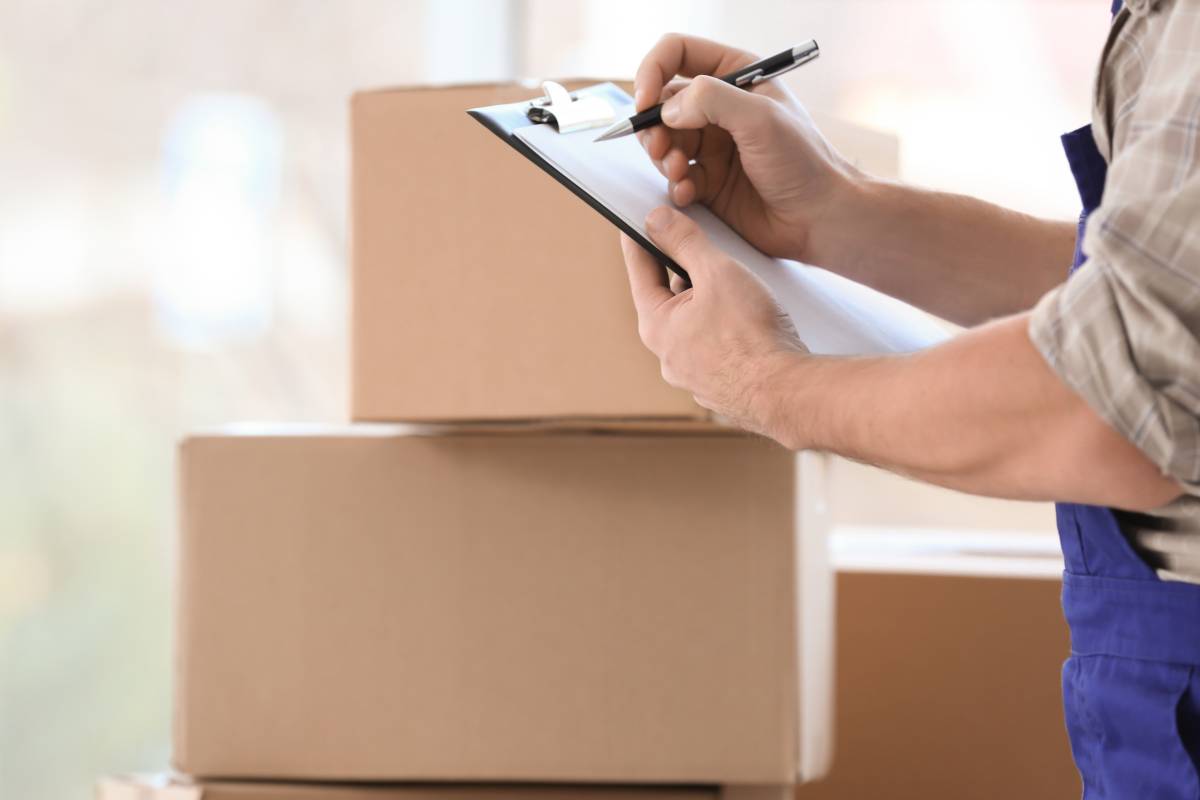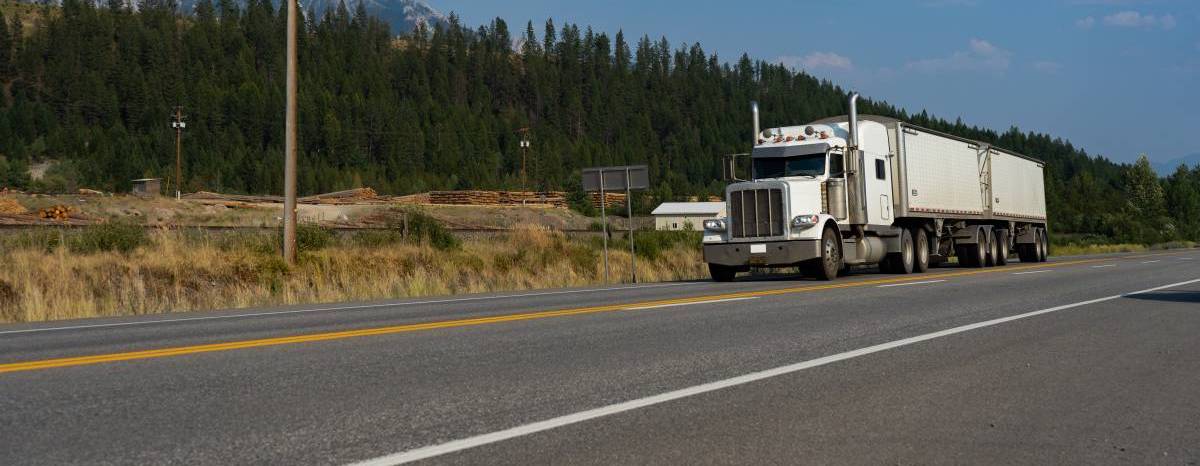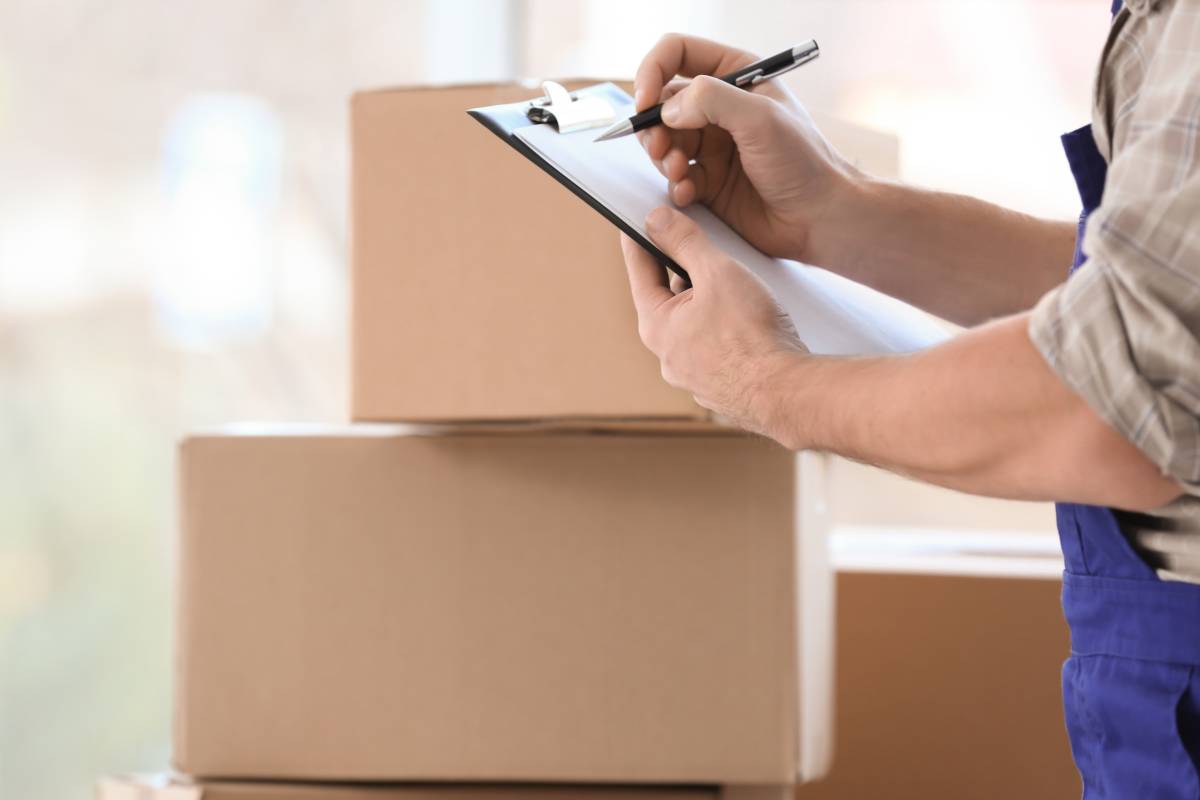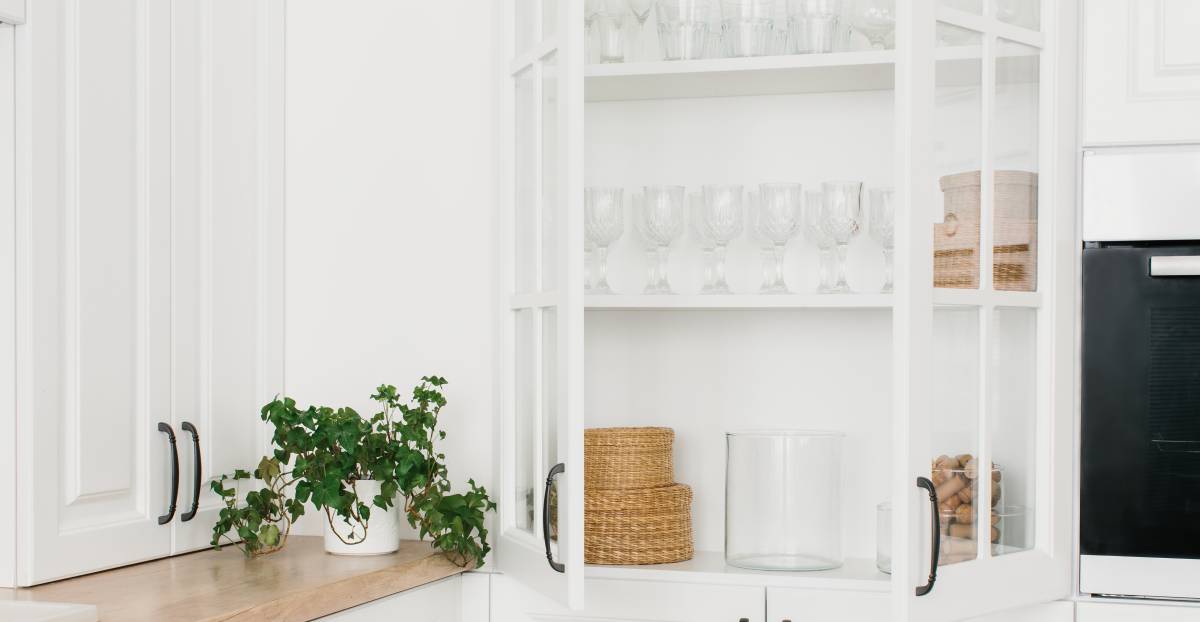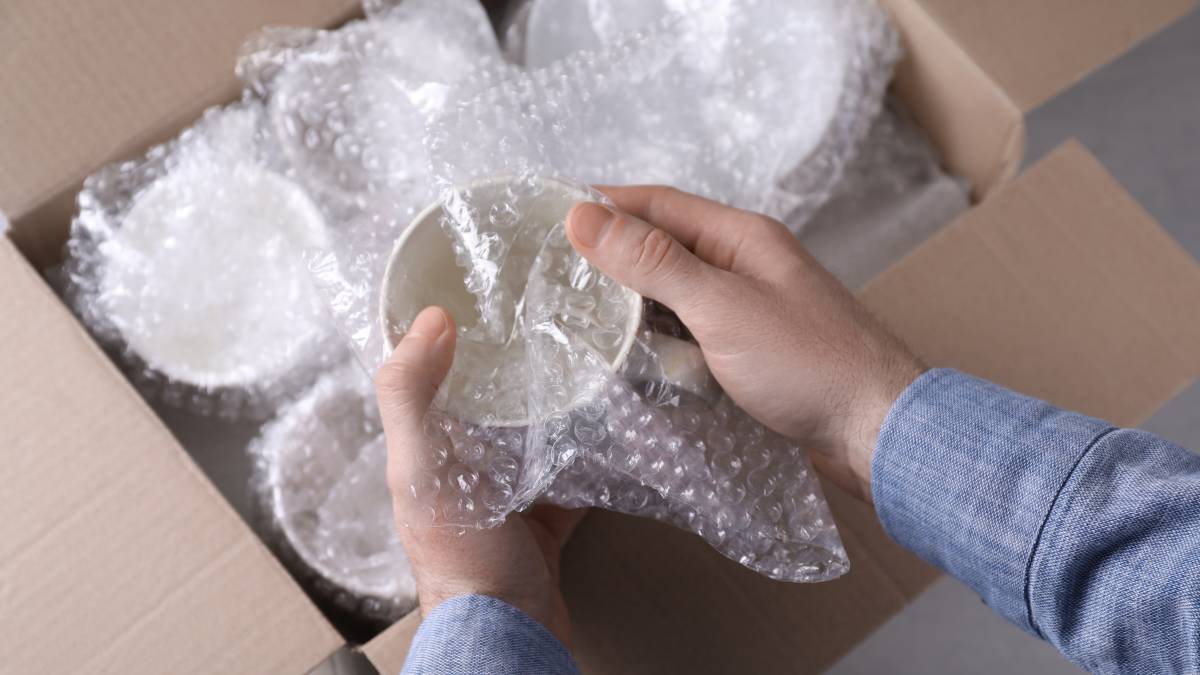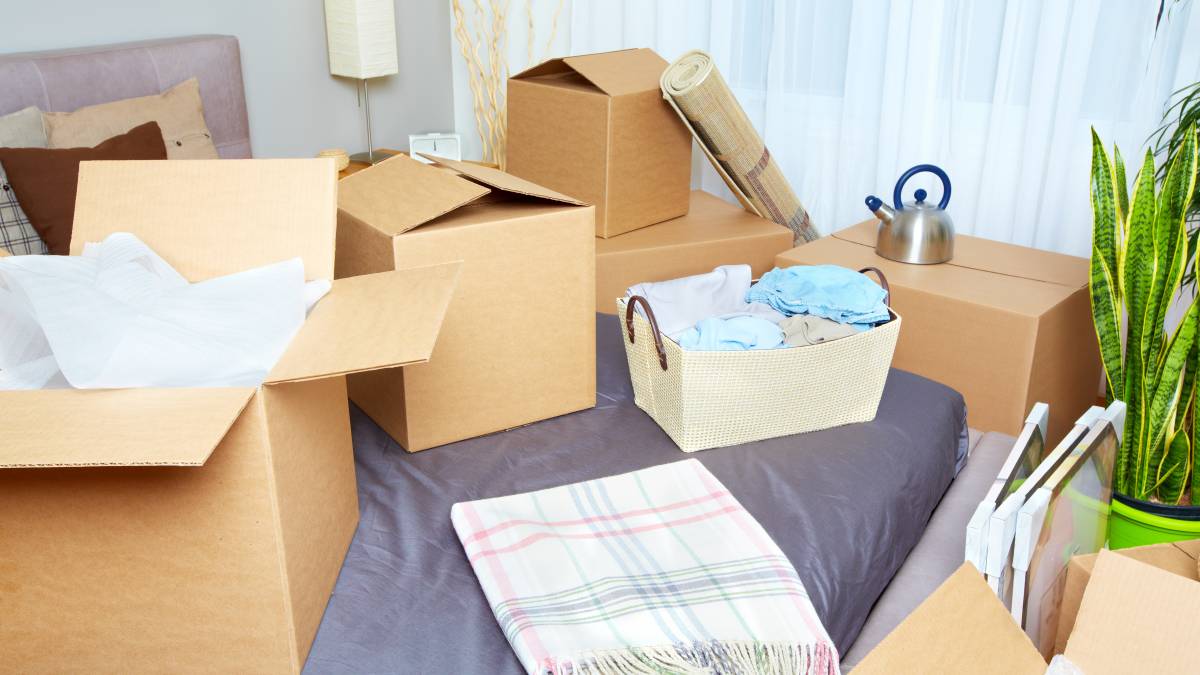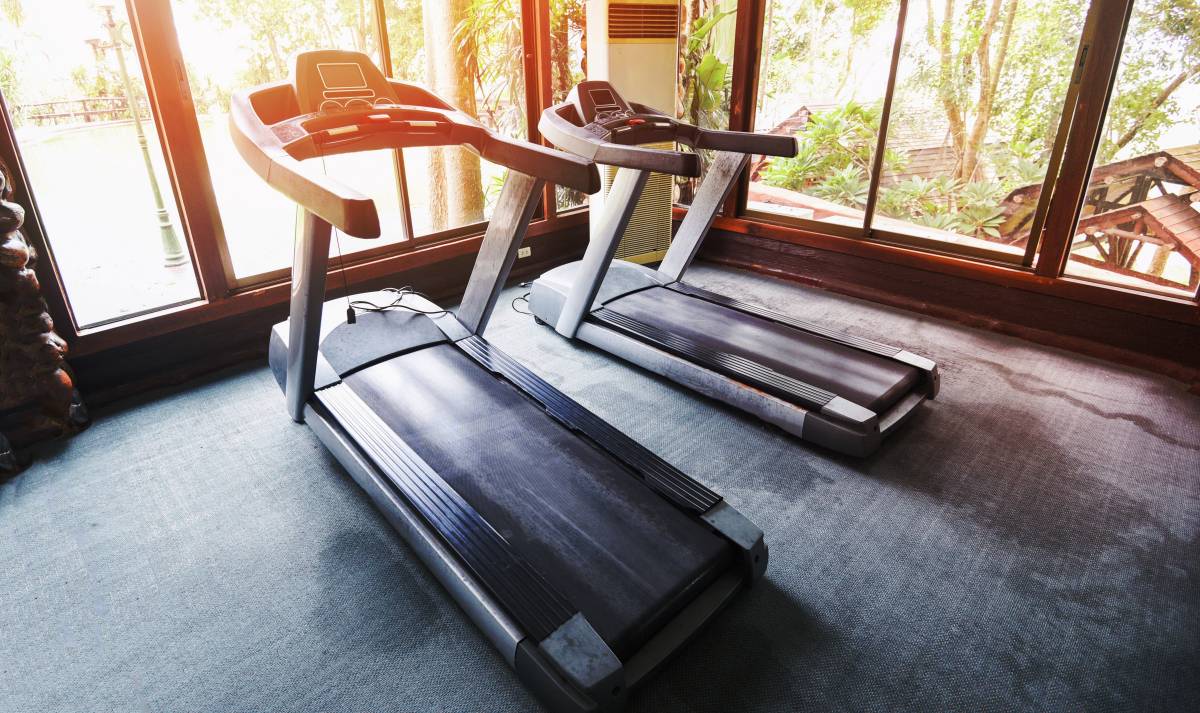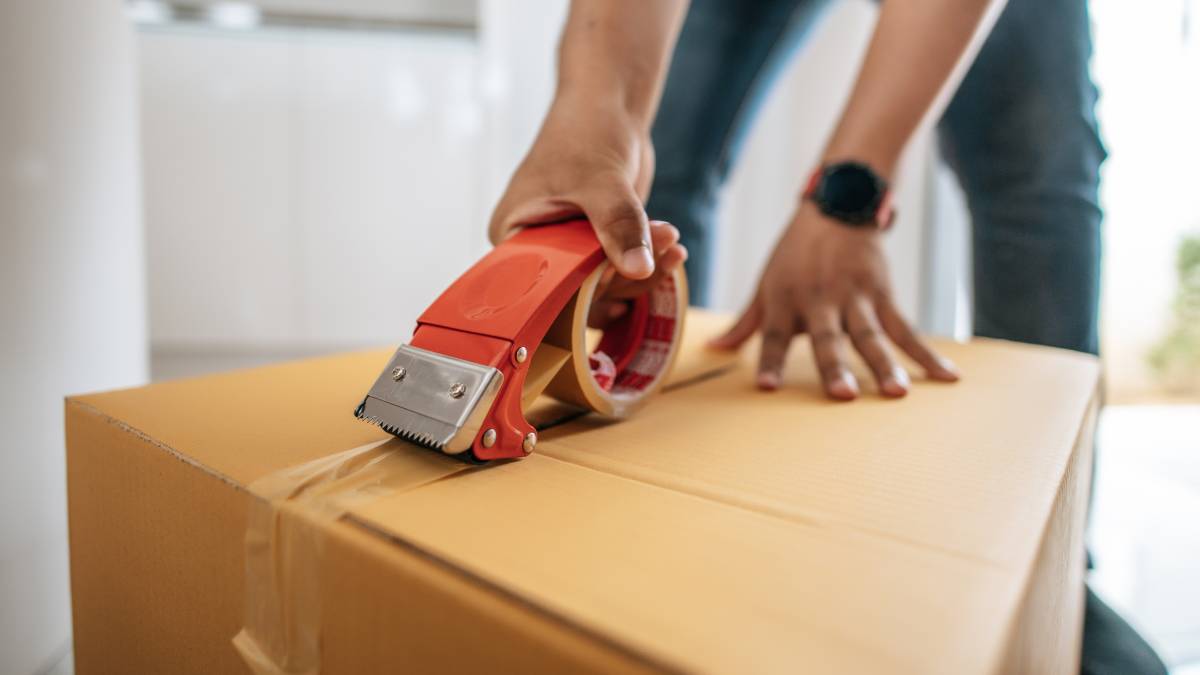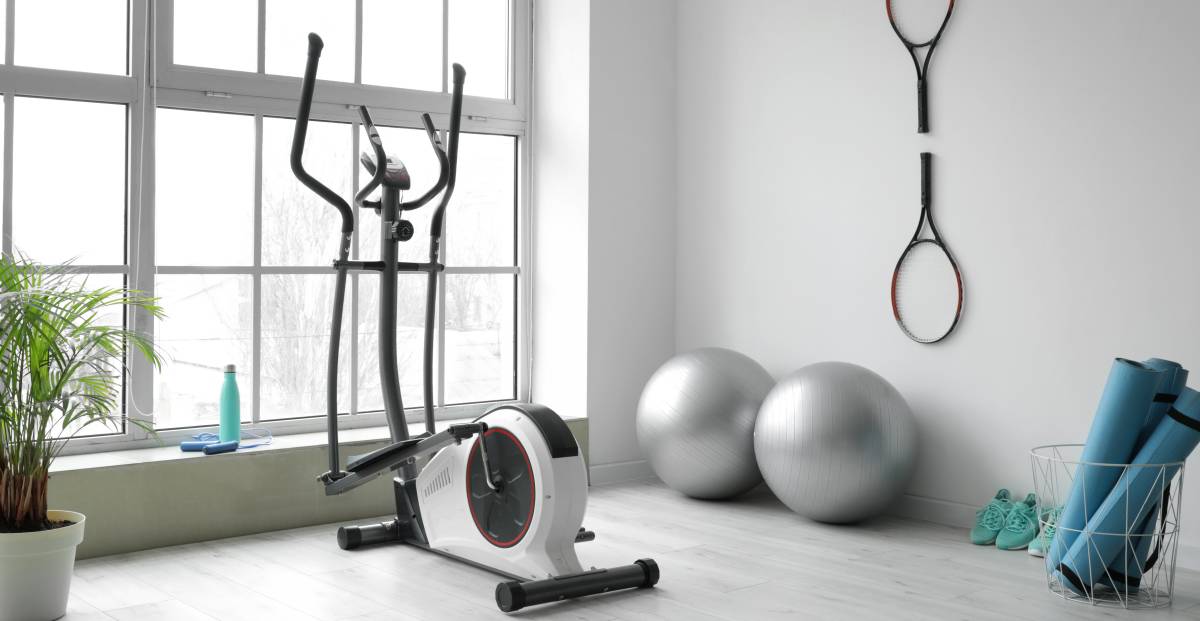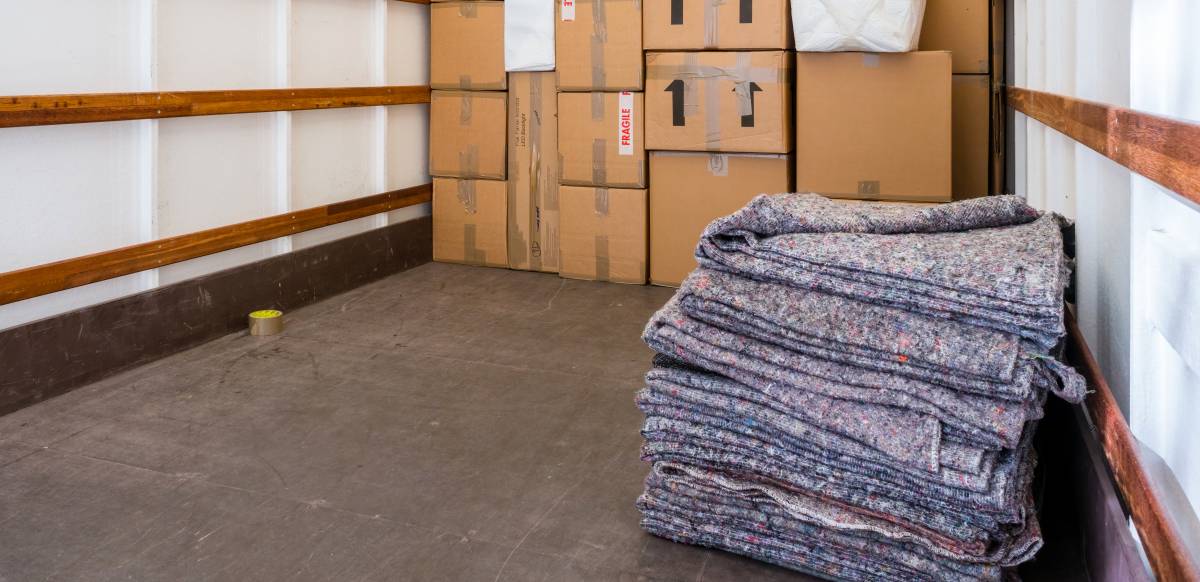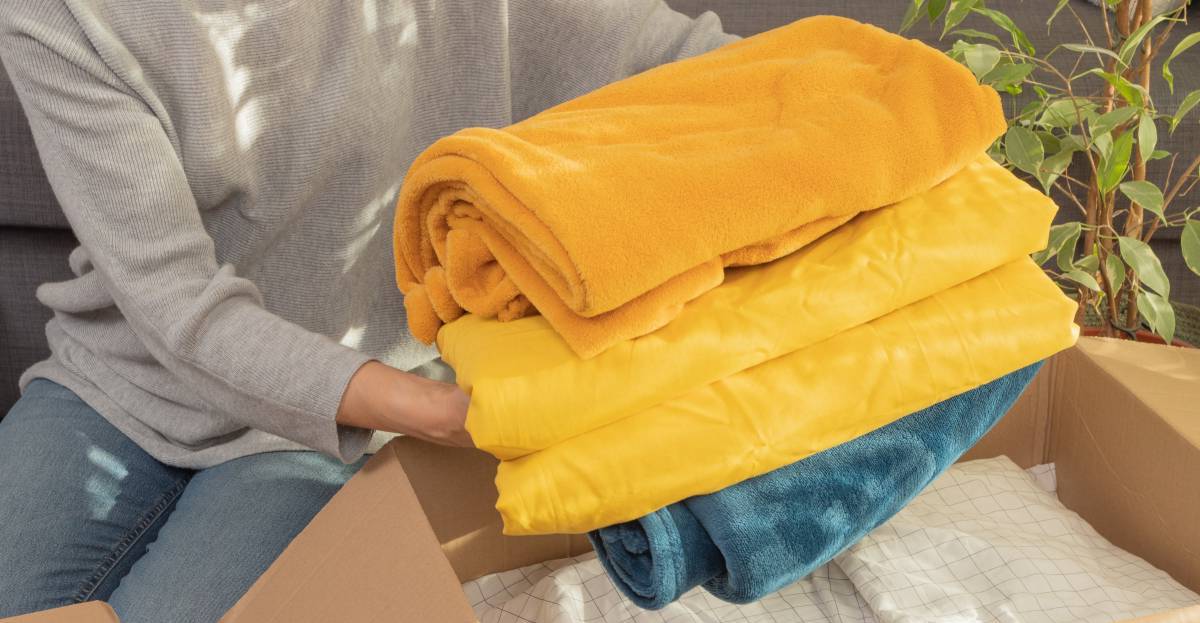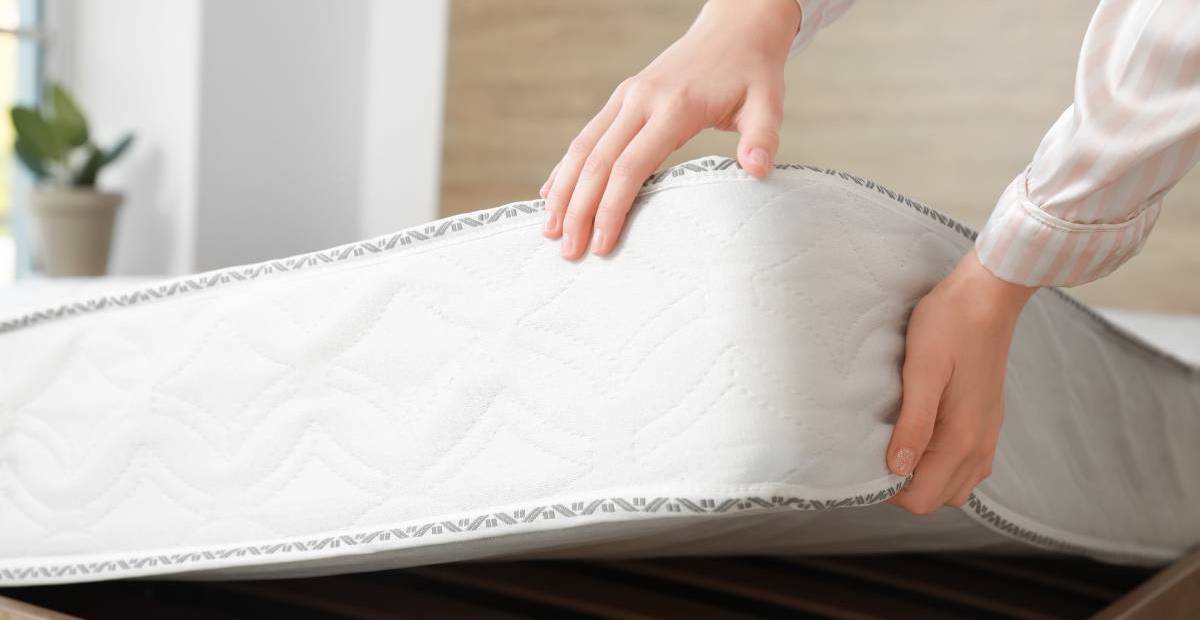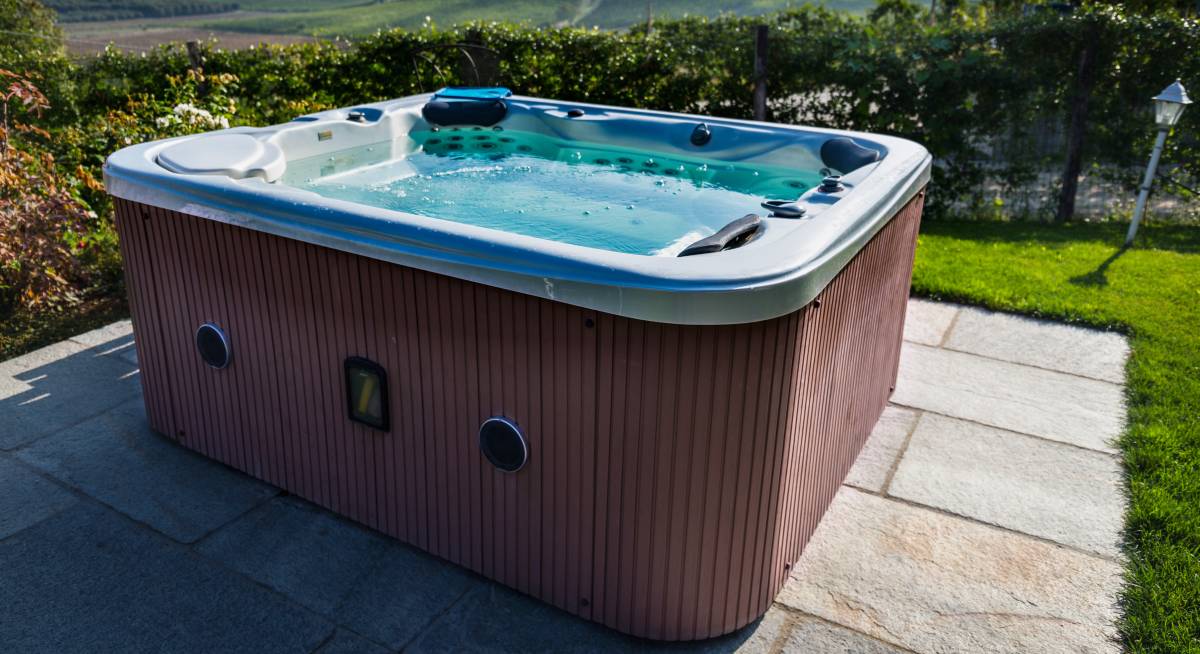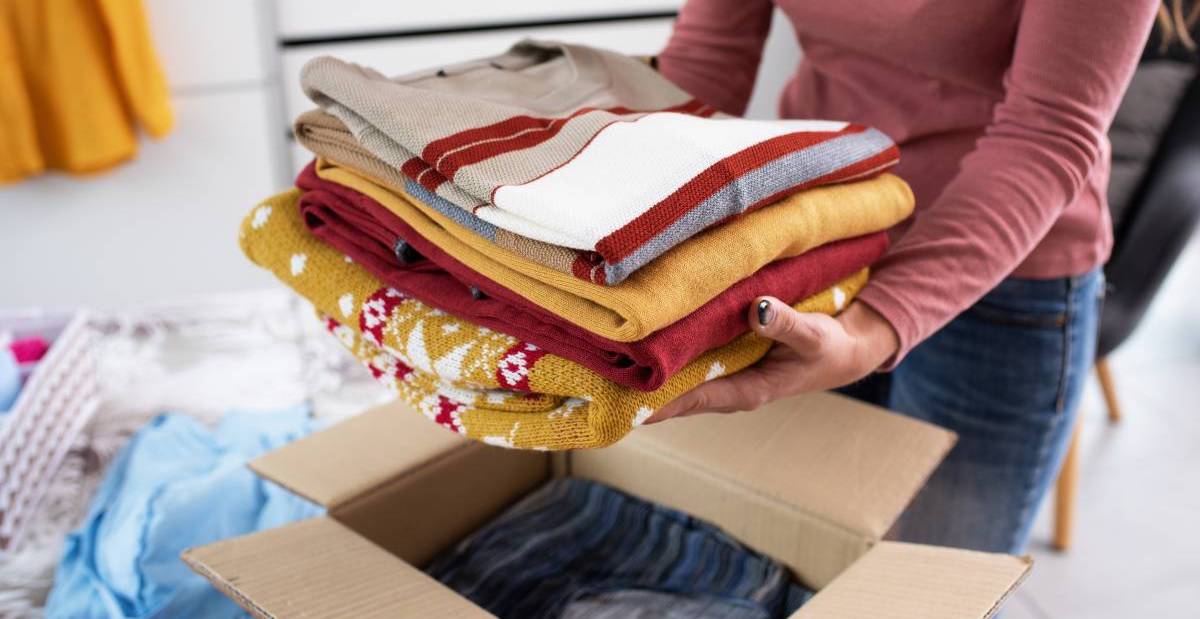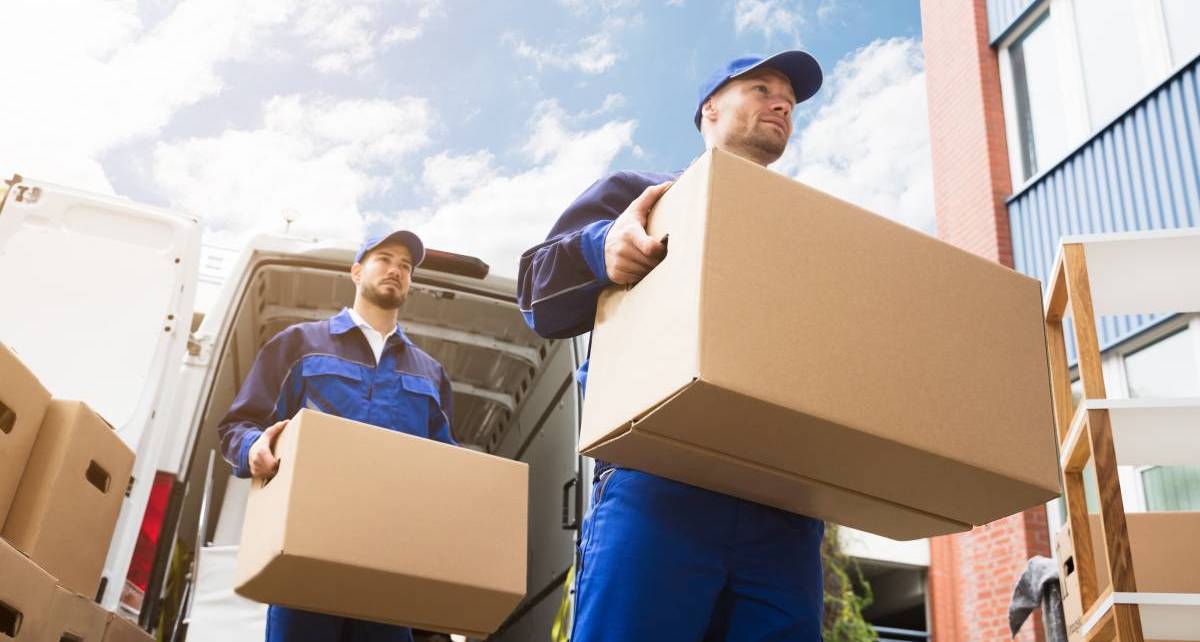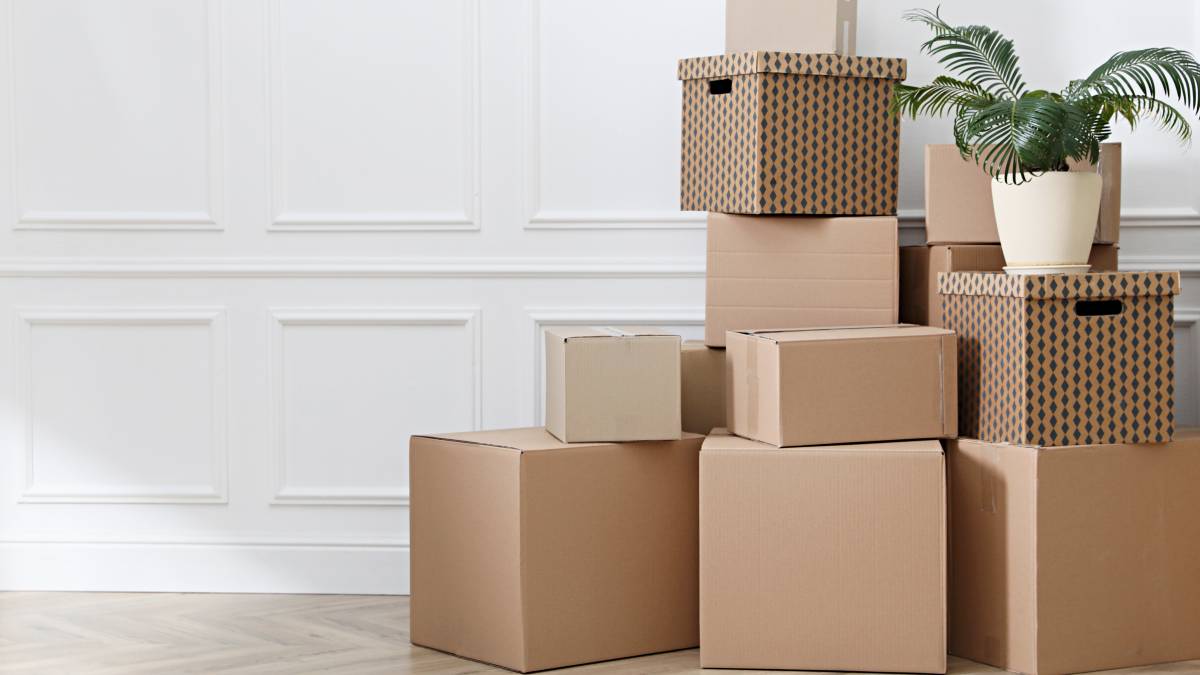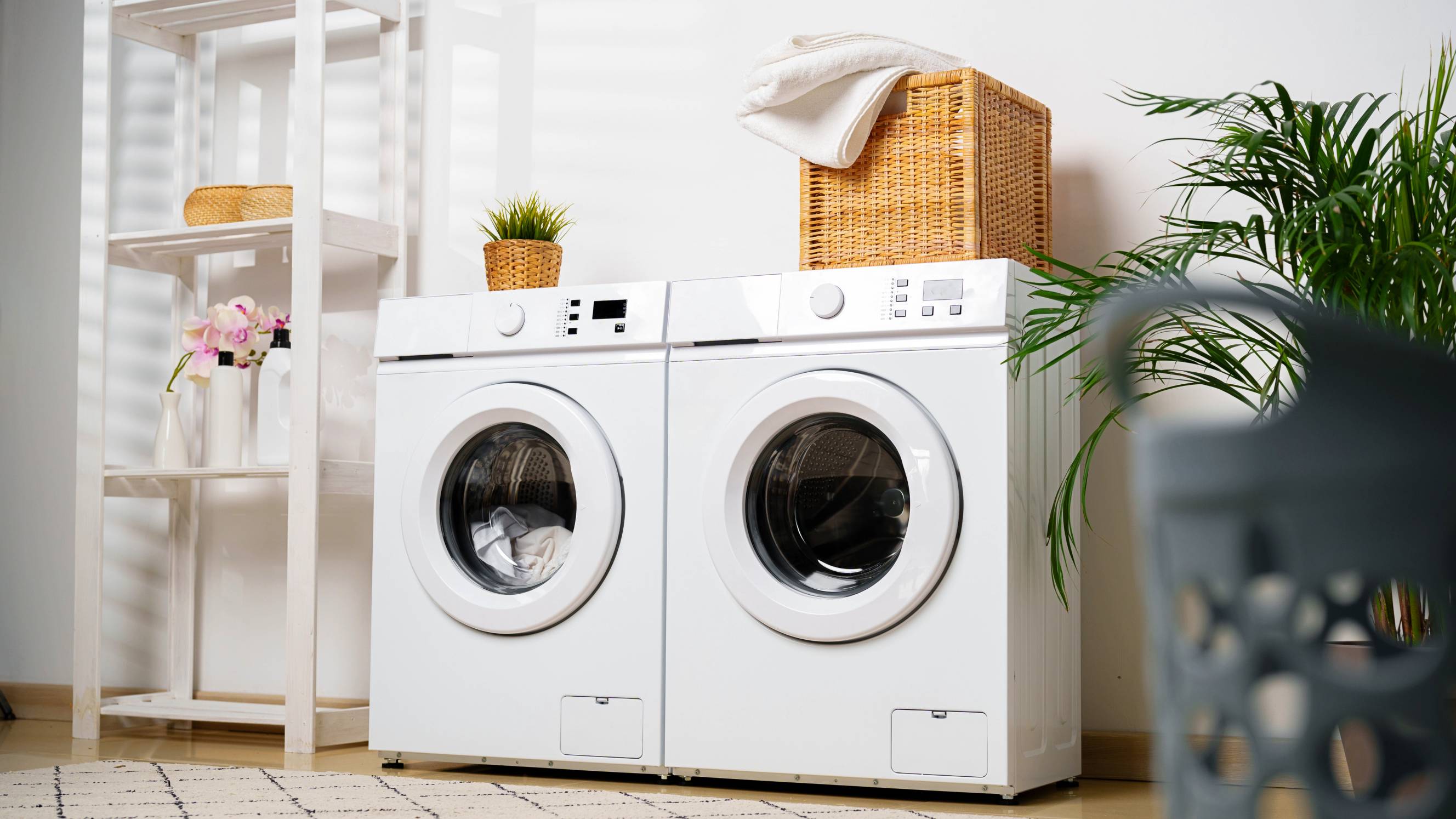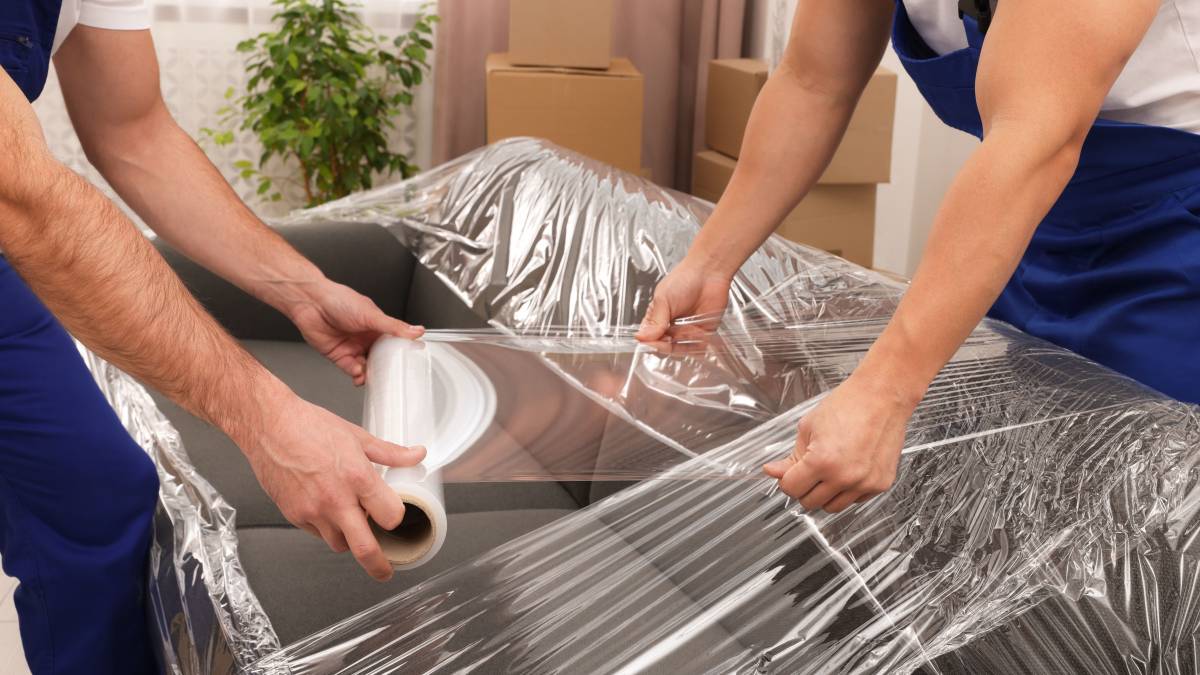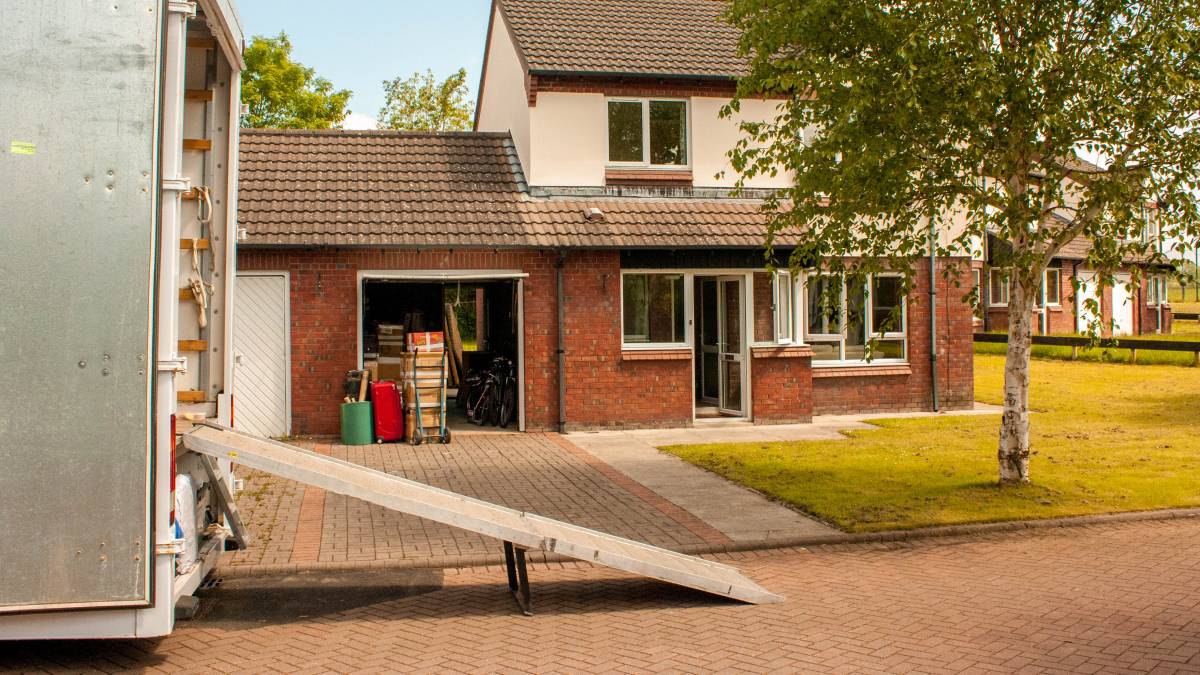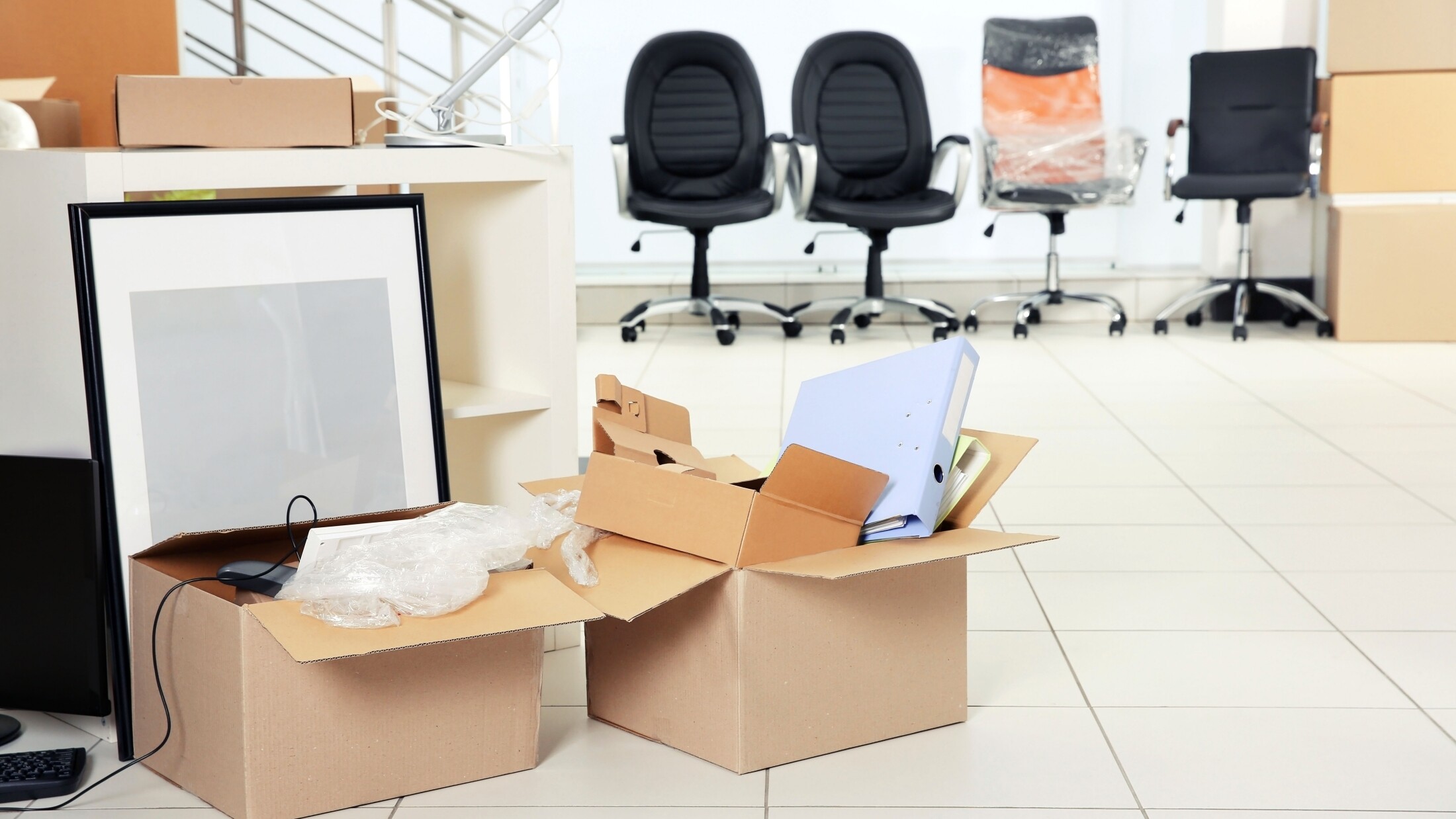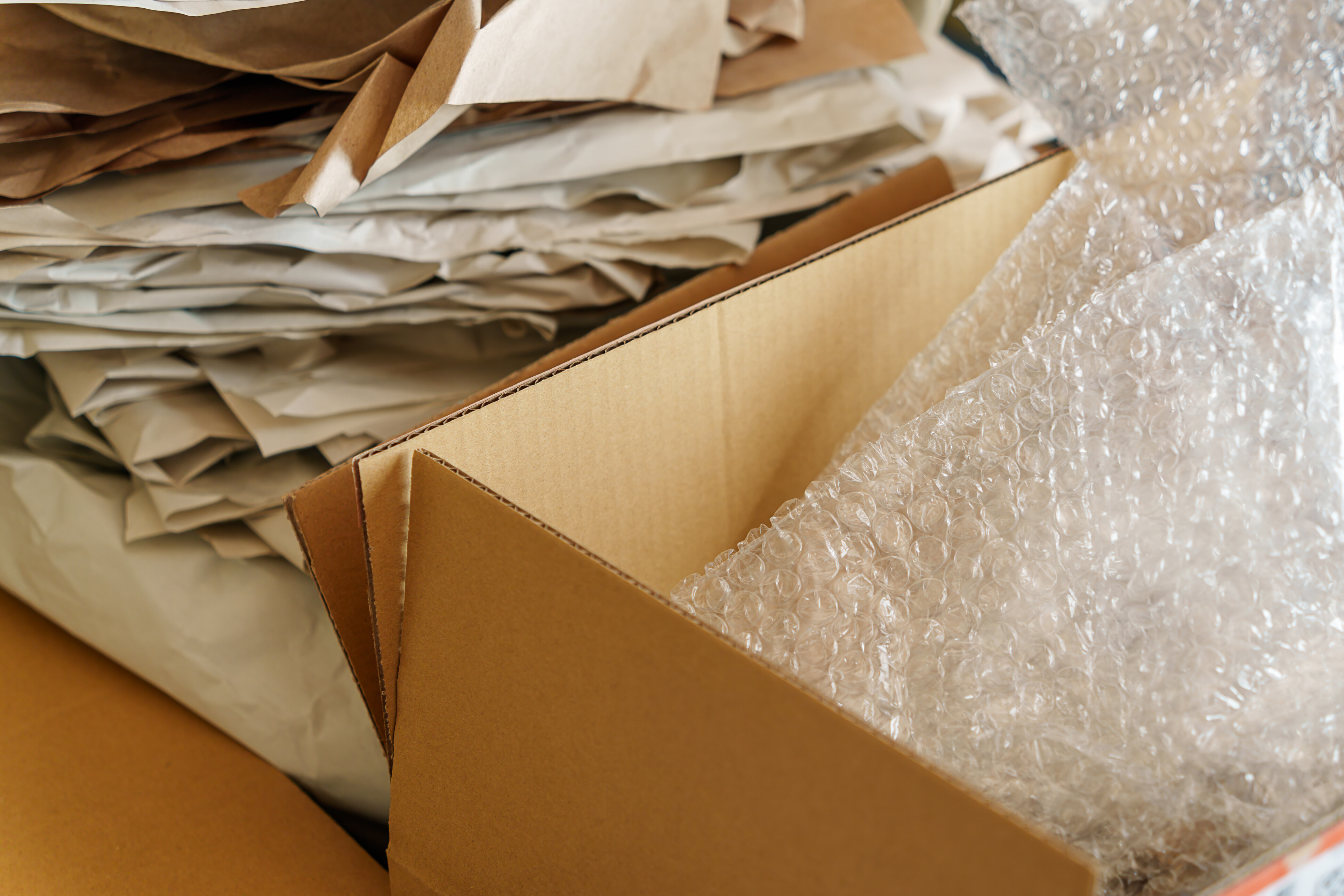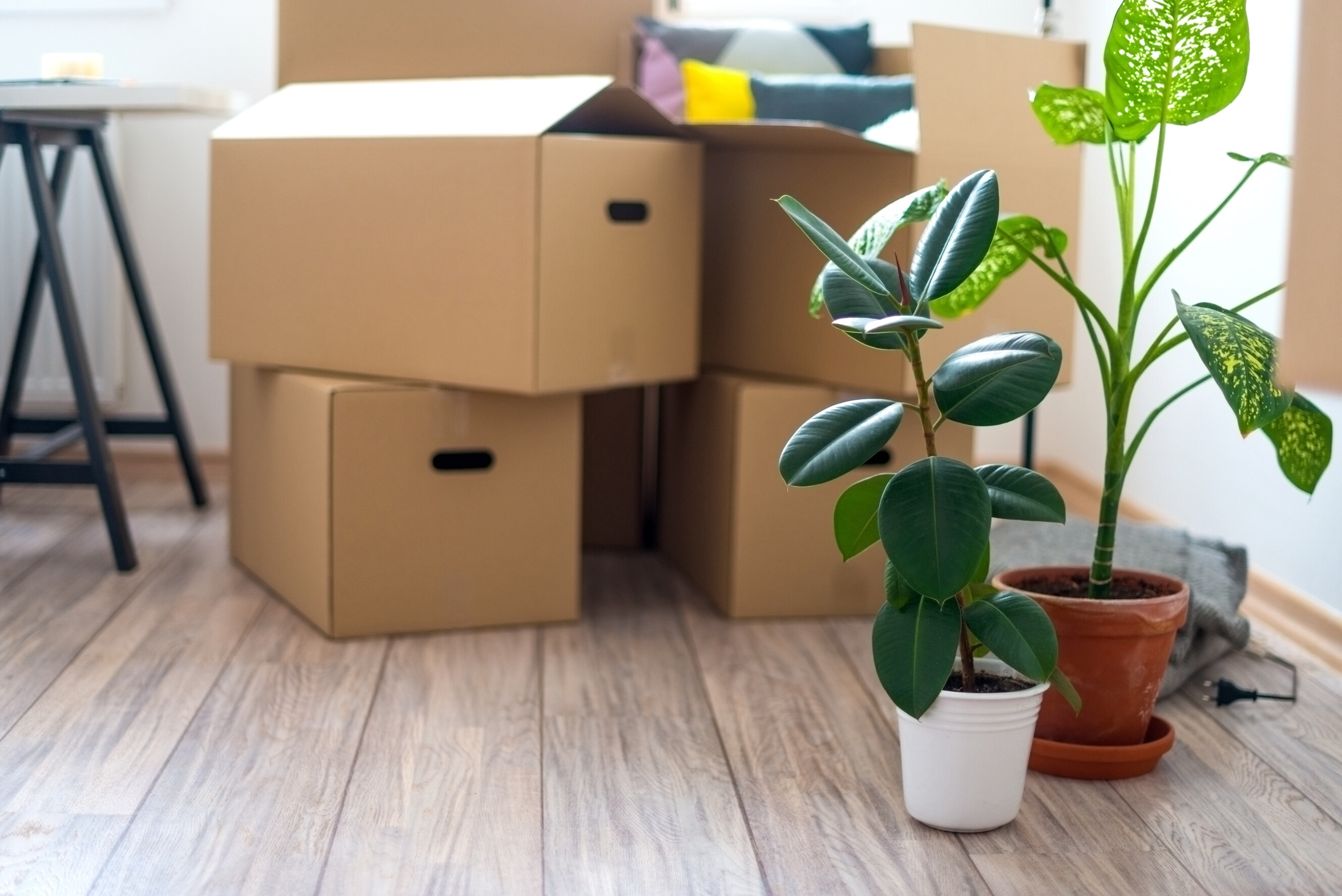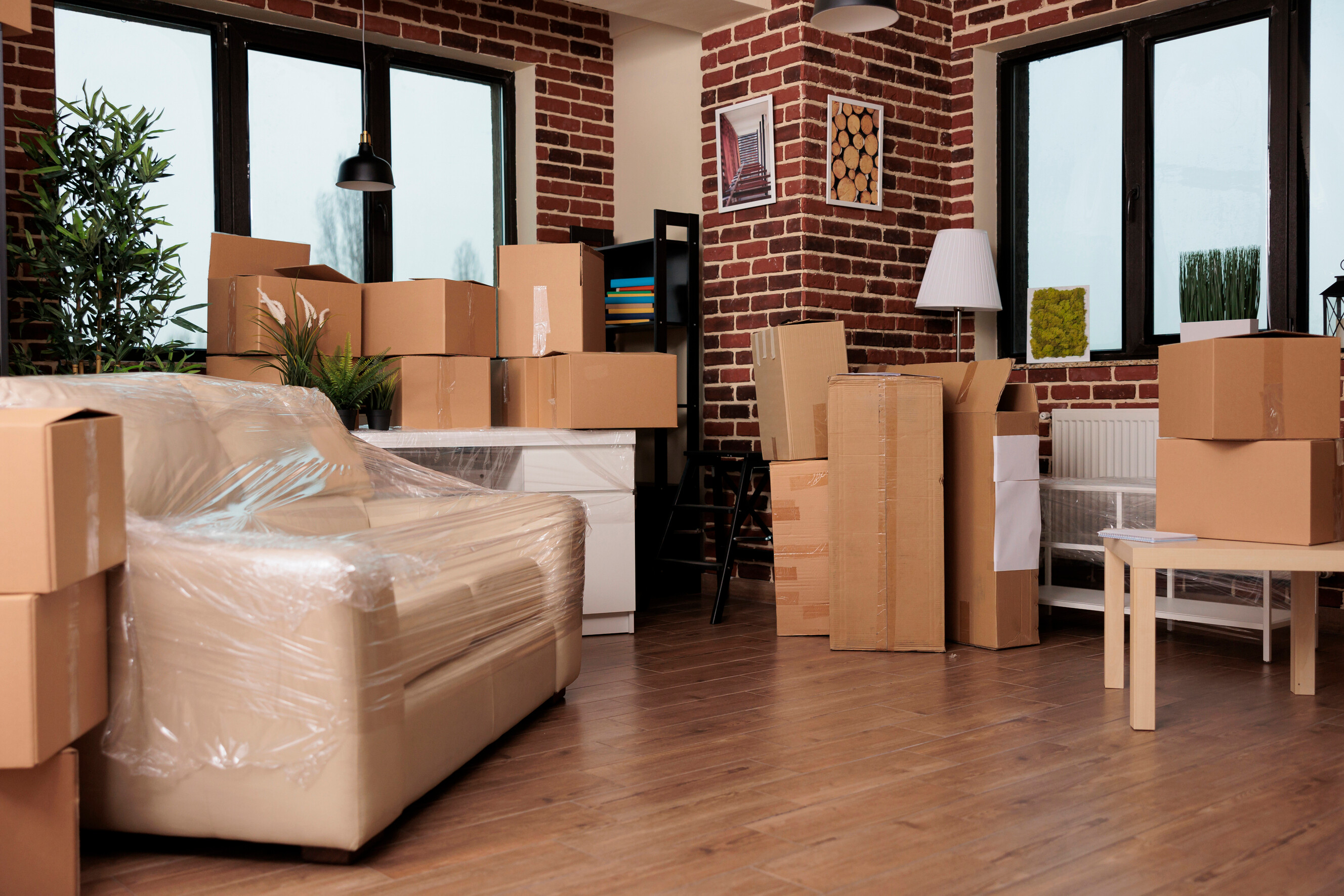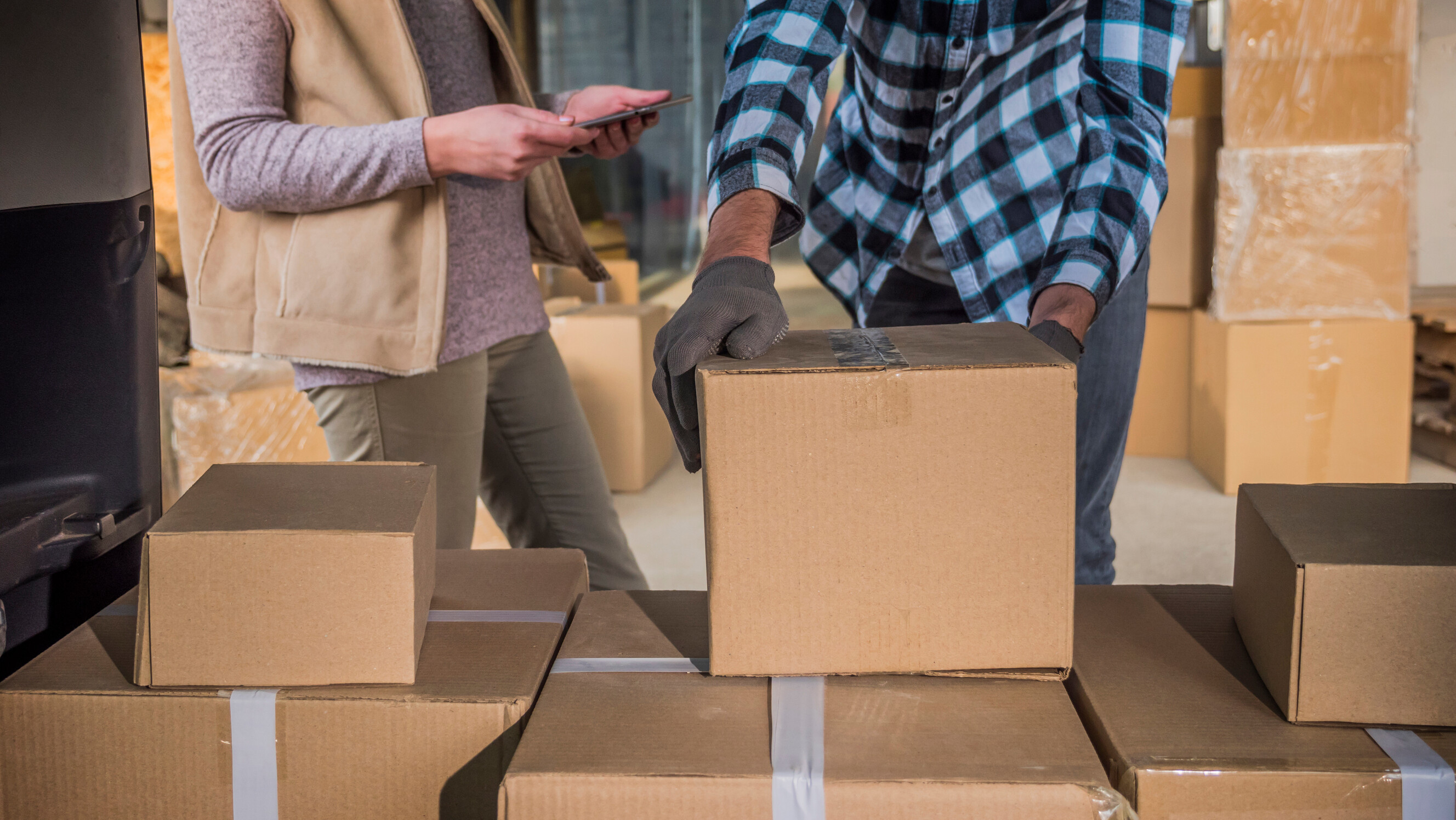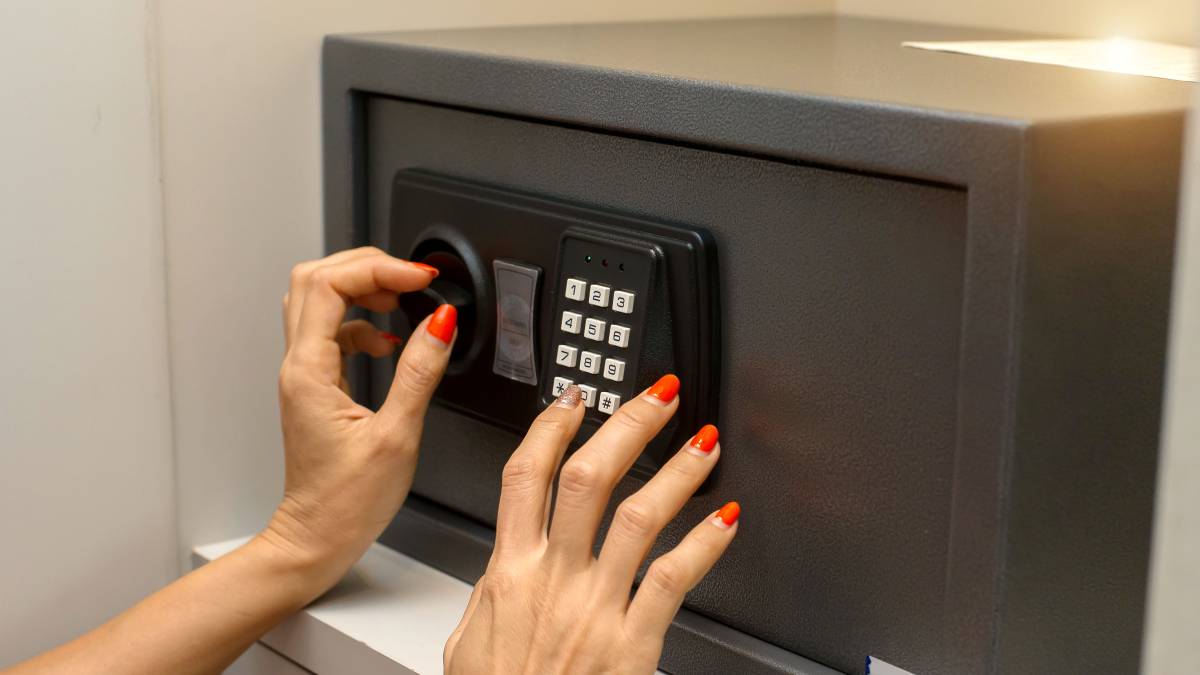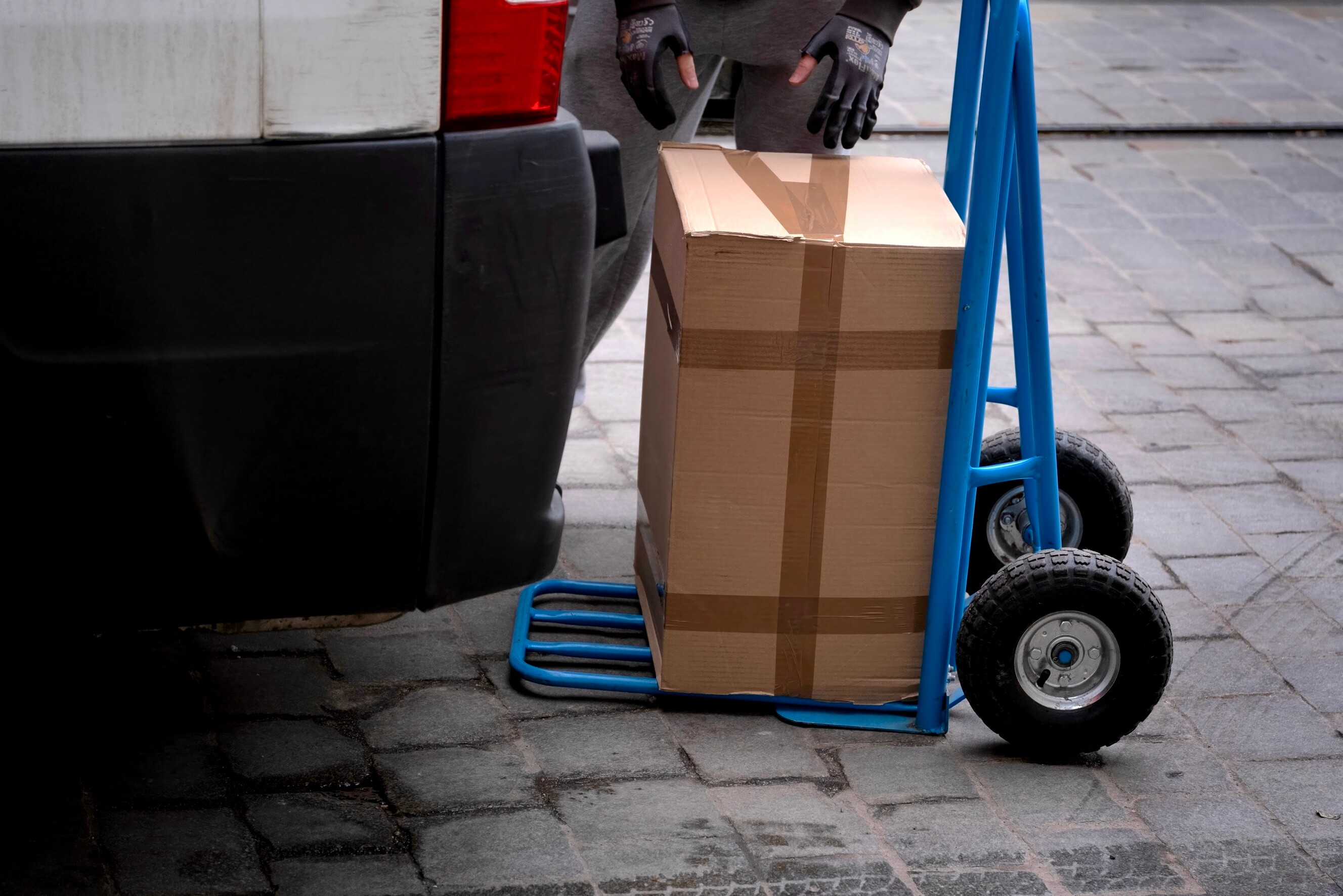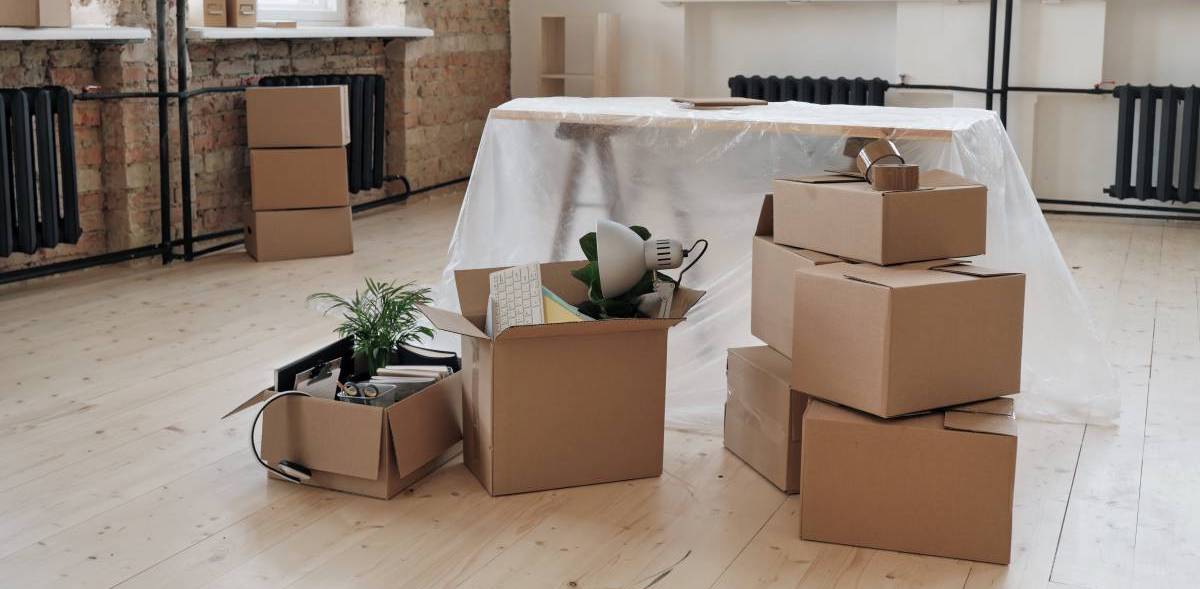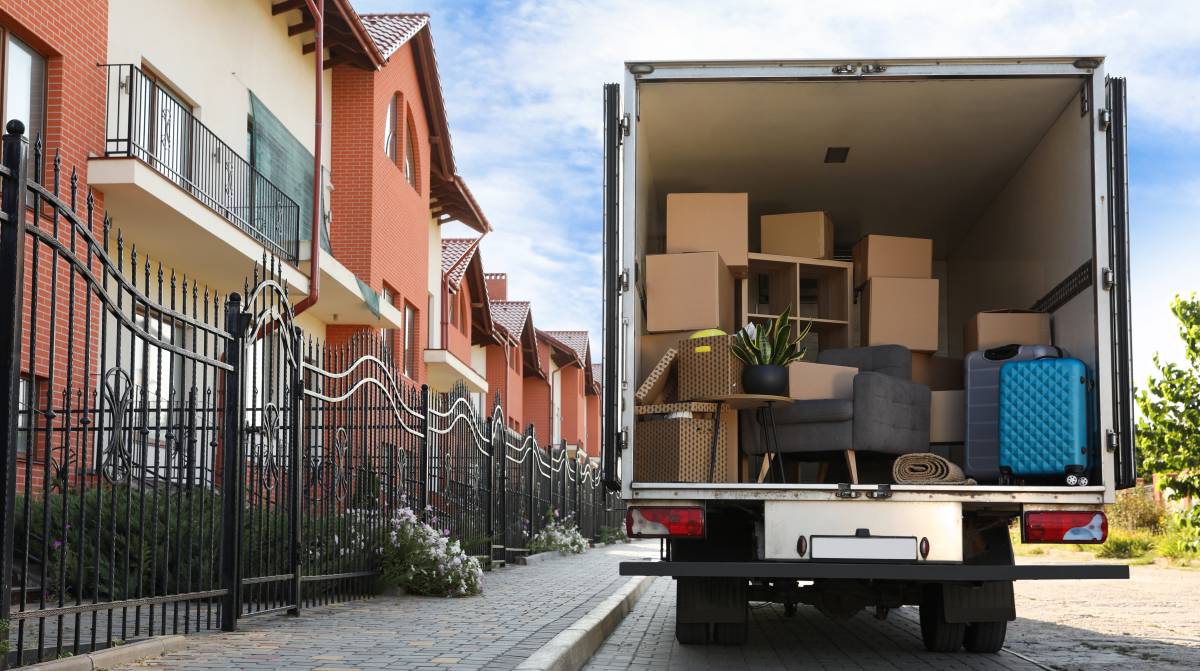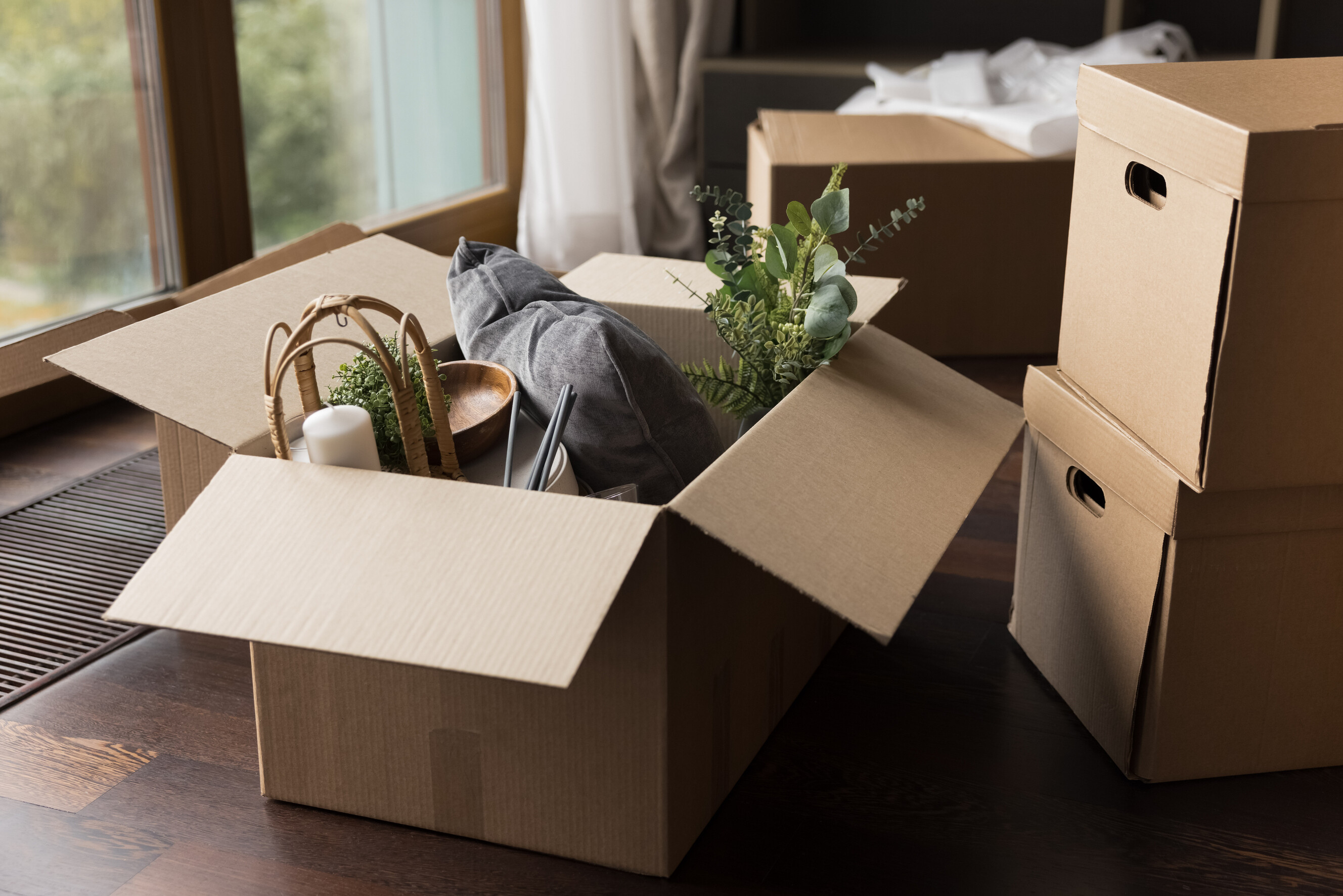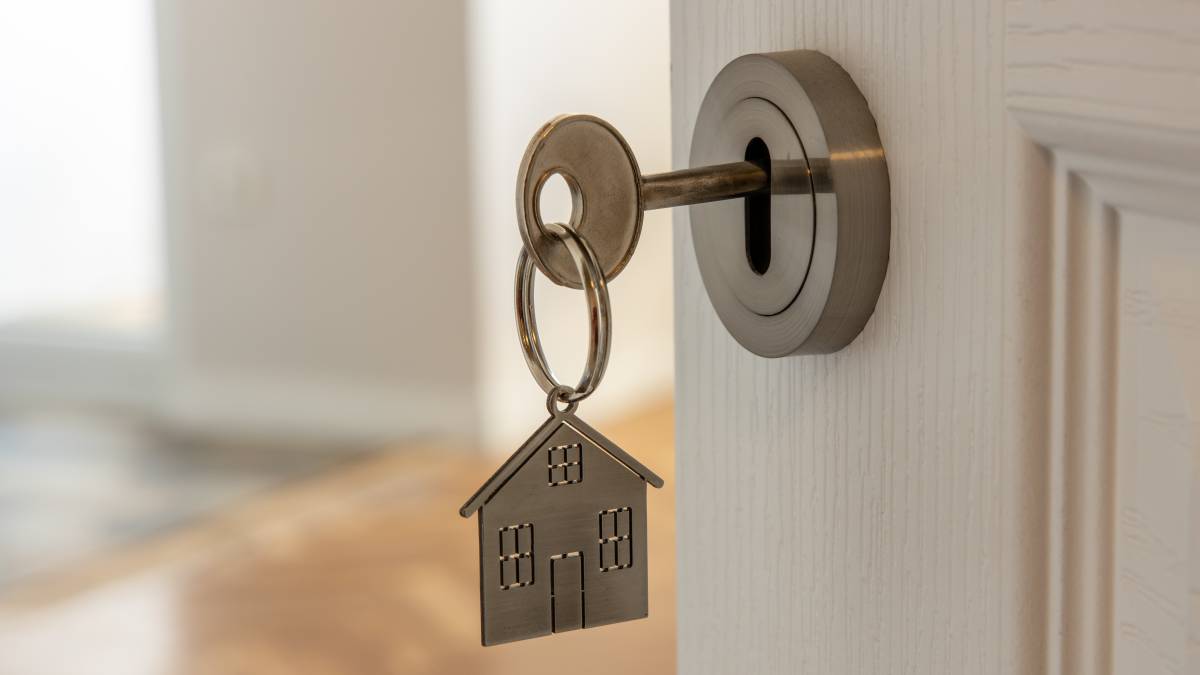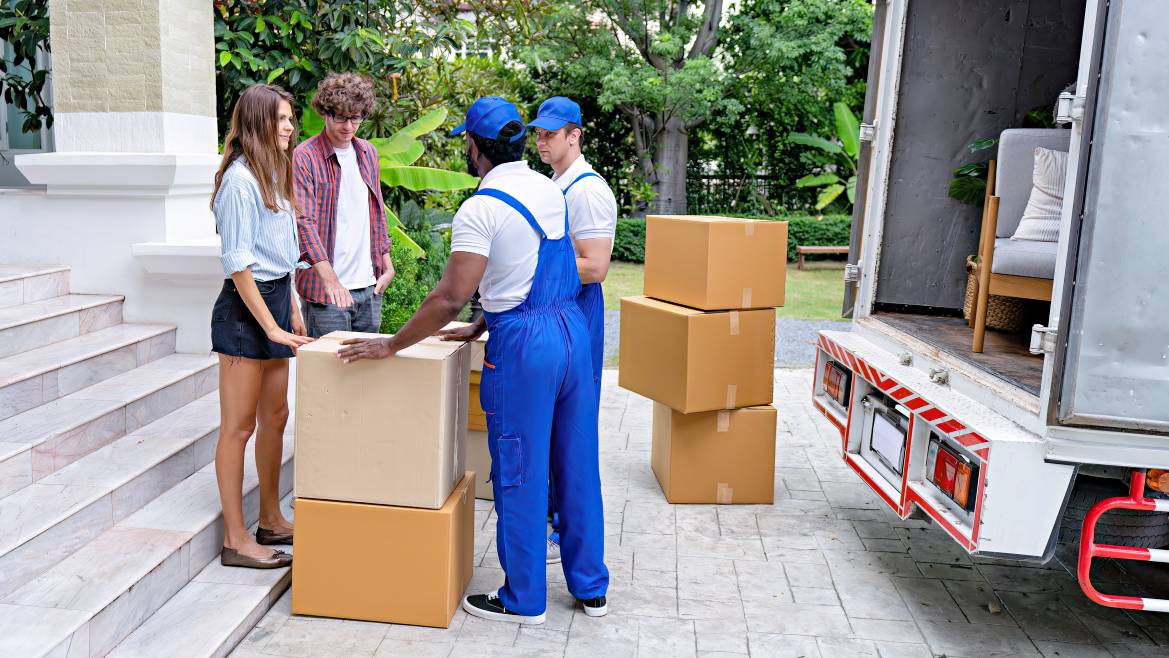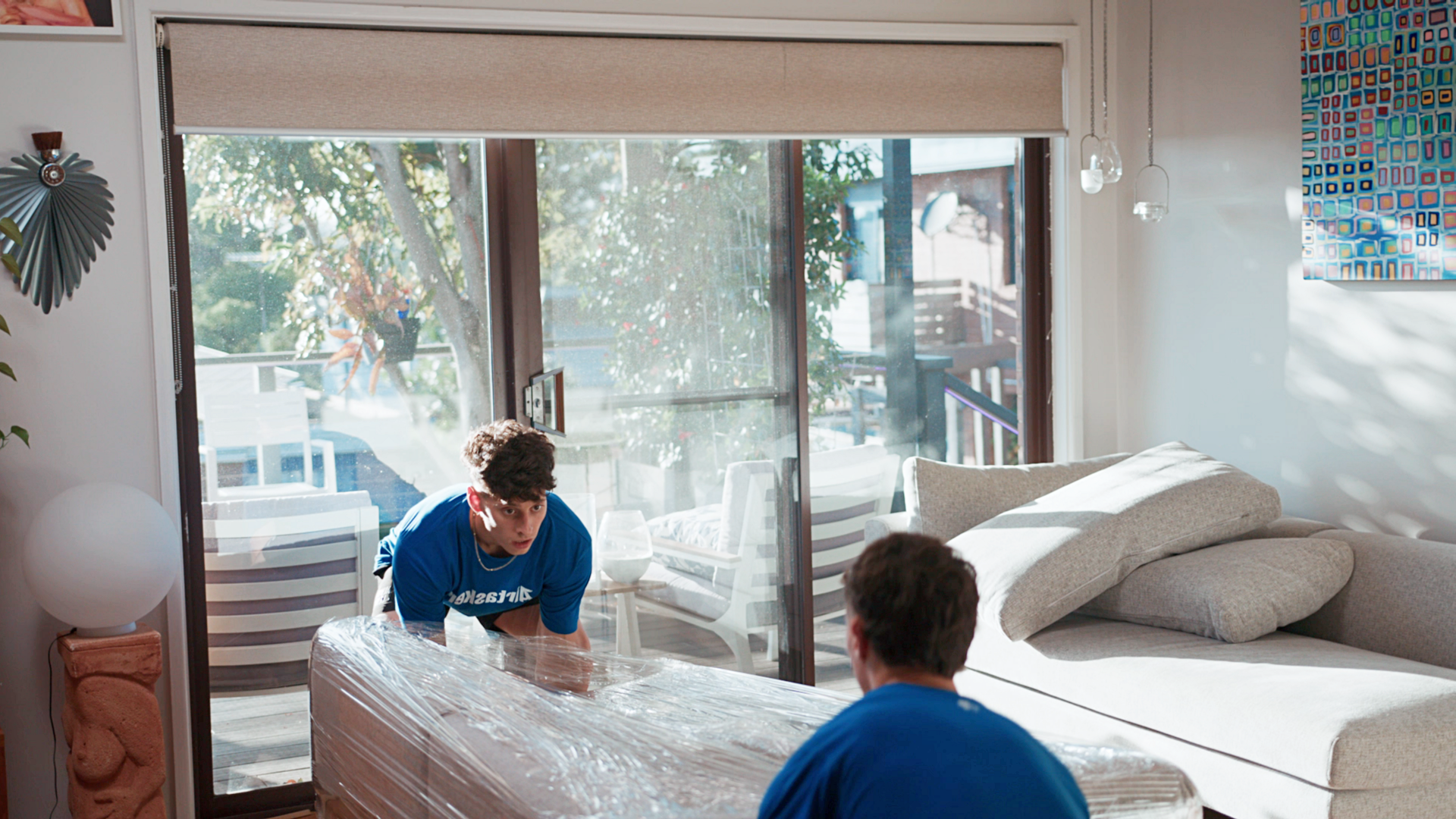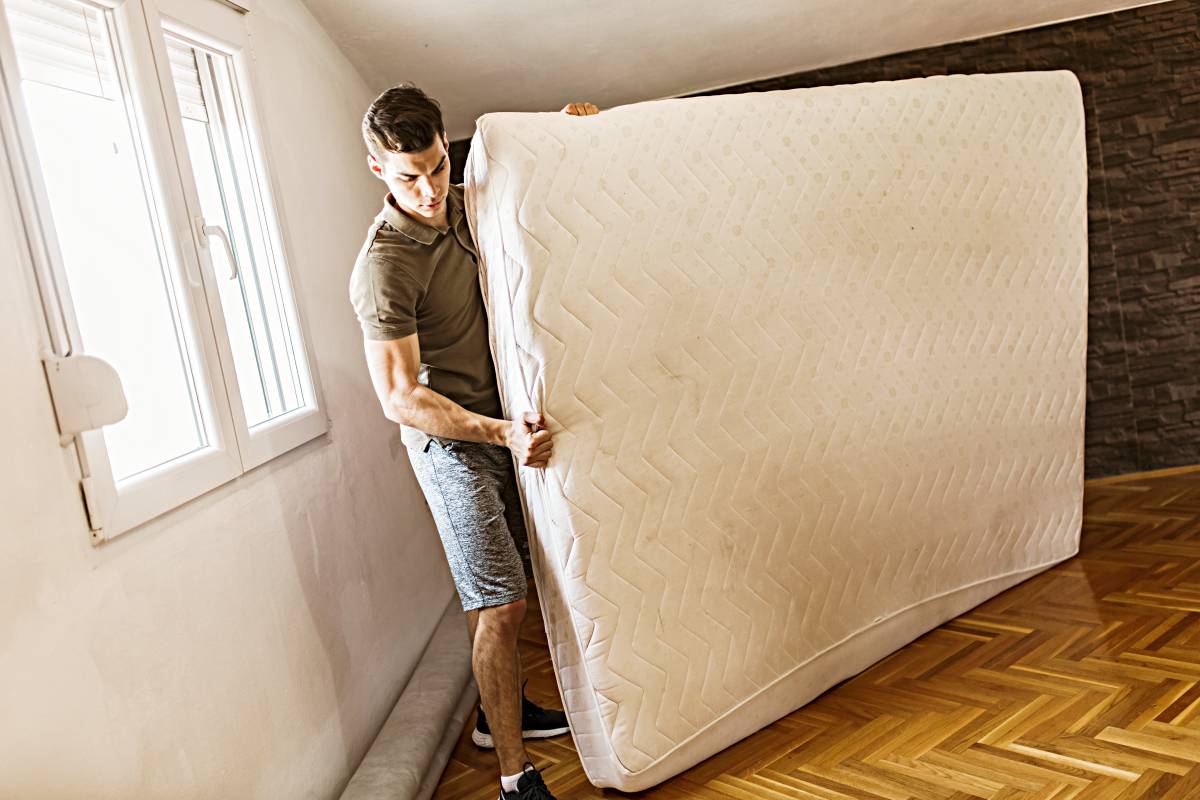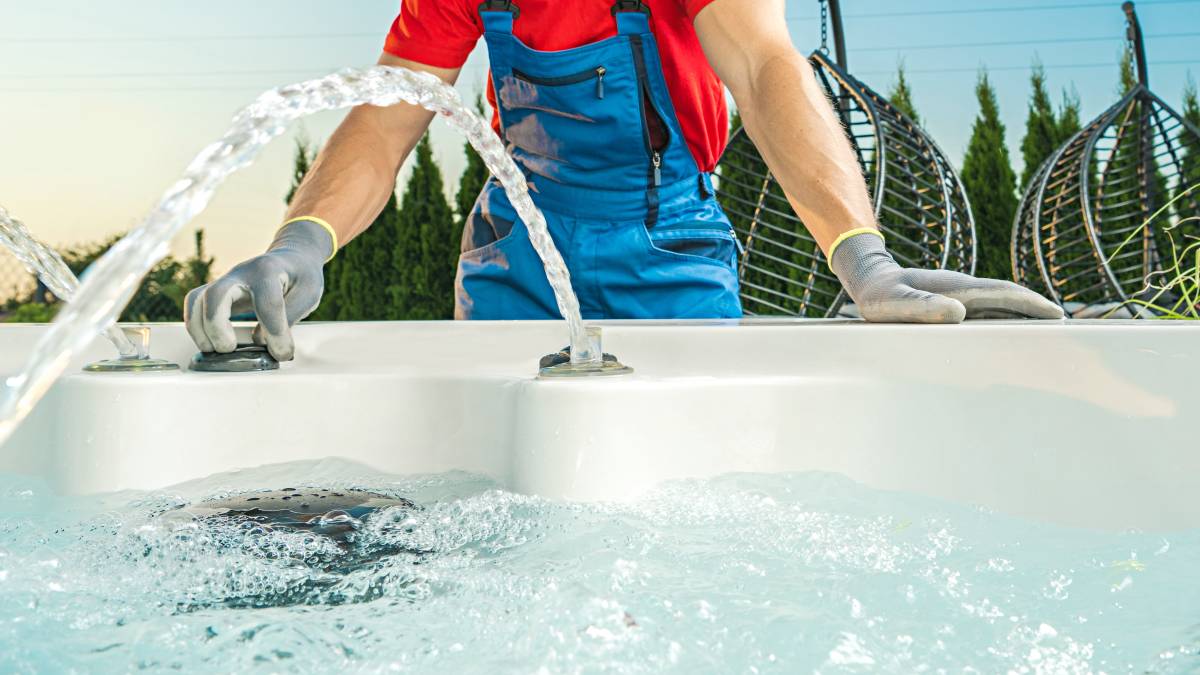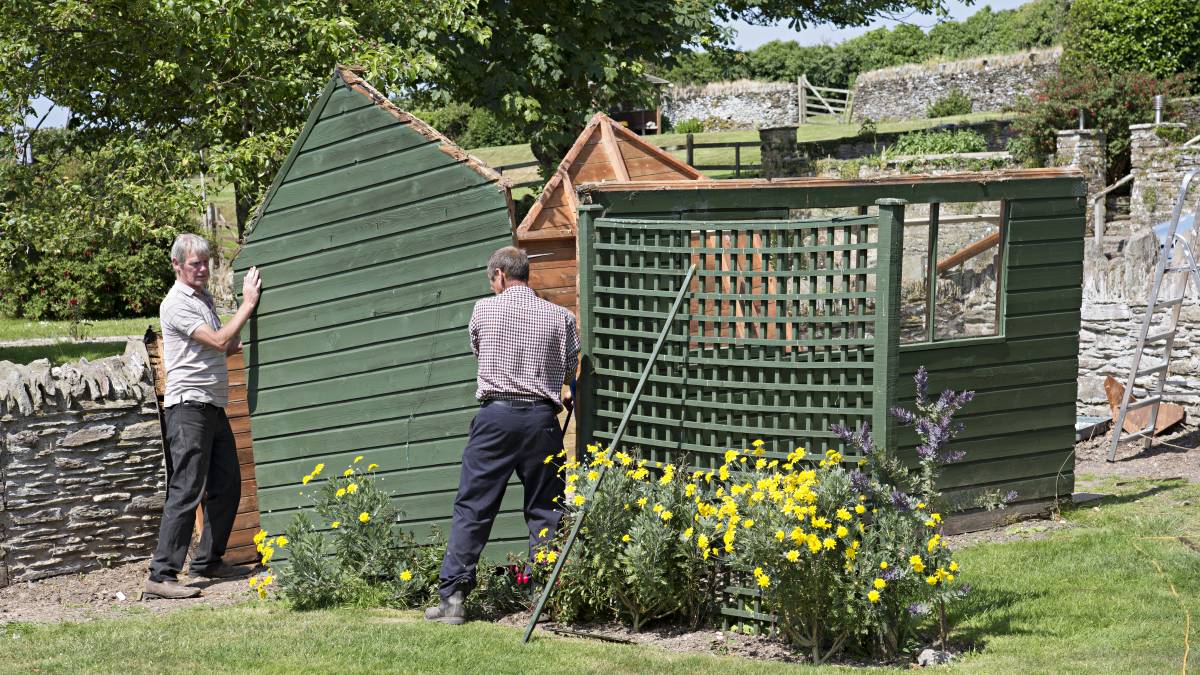
Published on

Written by Maureen C.
Contributor
Read more about our contributor
Key Takeaways:
DIY moving involves hidden costs like per-mile fees, mandatory environmental fees, and insurance charges.
While it seems cheaper upfront, a DIY move can take a toll on your physical and mental health.
Without careful planning, a self-move could end up costing you more than hiring professional movers.
Thinking of a house move soon? Renting a van and tackling everything yourself might look tempting on paper. After all, who doesn’t love the idea of saving a few quid?
But here’s the thing: that bargain-looking van hire price is often just the tip of the iceberg. With 22% of households in the UK having lived in their current home for less than three years, DIY moving is more common than ever. And so are the hidden costs that come with it.
This article unpacks the average cost of moving house in the UK, highlighting the hidden moving costs from fuel and tolls to packing materials and insurance. You’ll also find tips to keep your move smoother, safer, and more budget-friendly.
1. Actual van hire costs
What is the true cost of moving house in the UK? Believe it or not, the flashy ‘£80 a day’ van hire rate is rarely what you end up paying. Once you include per-mile fees, mandatory environmental charges, and daily insurance add-ons, your estimate for moving can quickly double, or even triple, in cost.
On top of that, rental moving vans are huge gas-guzzlers, meaning you’ll need to budget for a hefty fuel bill and road tolls. Whether you’re moving locally or across the country, these small costs add up fast, so you need to account for them in your moving budget. Every mile counts.
According to the Office of National Statistics, there were about 13,600 net internal moves out of England and Wales to other parts of the country in the year to mid-2024. Plan your route carefully and check distance-based charges to avoid surprises when you pull up at your new home.
2. Moving supply expenses
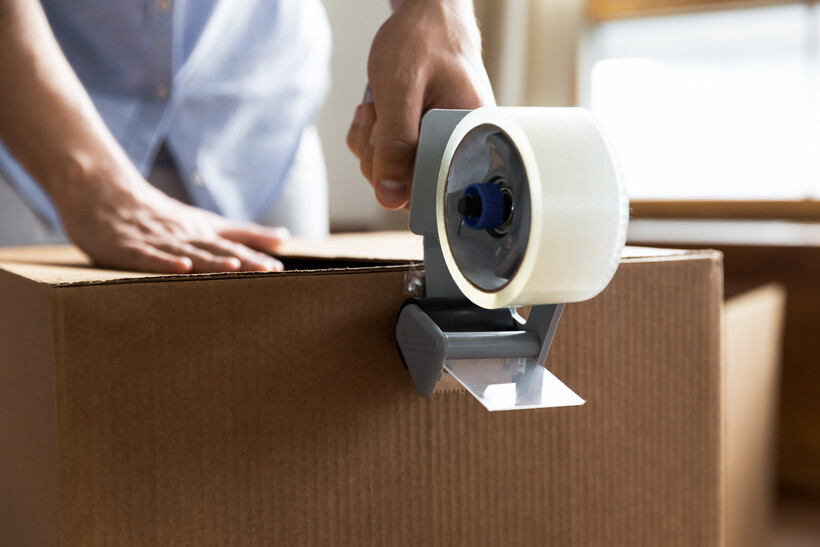 DIY packing with tape dispenser. (Source: iStock)
DIY packing with tape dispenser. (Source: iStock)
Many people think they can score packing boxes for free, but this assumption often falls short of reality. When you’re moving all your belongings from one place to another, you’ll need more than just a stack of moving boxes. You’ll also need packing supplies like tape, bubble wrap, padding, and packing paper to protect your items properly.
Here’s a look at the average moving expenses related to packing supplies:
Packing Item |
Typical Cost Range (GBP) |
|---|---|
Packing Tape |
£1.50 - £2.50 per roll |
Moving Cardboard Boxes |
£0 - £4 per box |
Bubble Wrap |
£10 - £20 per roll |
Packing Paper |
£13 - £19 per ream |
Furniture Pads |
£5 - £30 per pack |
In addition to supplies, set aside £50 to £200 for renting essential moving equipment. These can cost more depending on hourly rates and the number of items you need. Some common equipment to help you stay organised during your self-move include:
Loading ramps
Furniture and appliance dollies
3. DIY moving insurance gaps
One of the biggest risks in a self-move is insurance, or lack thereof. Many home or contents insurance policies in the UK don’t cover belongings in transit.
According to Which?, while rental vehicles usually come with basic cover, they often include an excess of up to £2,500. That means you’d pay that amount toward any repairs if the van is damaged, even if the accident wasn’t your fault.
Rental companies typically insure only the moving vehicle, not your items. So, you may need to purchase separate transit insurance, which can be both costly and tedious to arrange. Without it, a single mishap could leave you out thousands of pounds.
4. Damage and repair costs
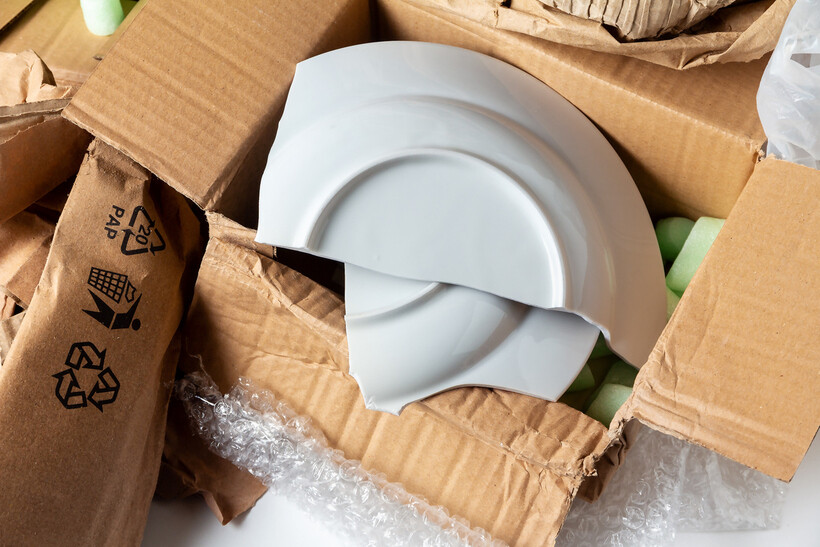 Fragile kitchenware damaged in transit. (Source: iStock)
Fragile kitchenware damaged in transit. (Source: iStock)
The risk of dropping your TV, scratching hardwood floors, denting walls, or damaging other prized possessions during a DIY move is never zero. Without professional packing and lifting techniques, even minor accidents can quickly eat into your savings.
With inflation in the UK rising by 3.8% in the year to July 2025, an uninsured repair or replacement bill (up to £300 for a broken chair or table leg) could blow your budget. A single mistake on moving day could end up costing you more than hiring a professional removal company would have.
5. Time and lost income
A DIY move isn’t a quick weekend job. It takes multiple days of packing, loading, driving, unloading, and unpacking. So it’s worth considering how much your time is worth and whether you’re prepared to take time off work.
Remember, those unpaid days of lost wages for two (or more!) people can rack up to a fair amount. Beyond the financial cost, moving alone also takes a mental toll on anyone planning to do everything themselves. While you may expect to save on moving fees and services for your new house, it could cost you elsewhere, in the form of your time and lost income.
6. Injury and medical costs
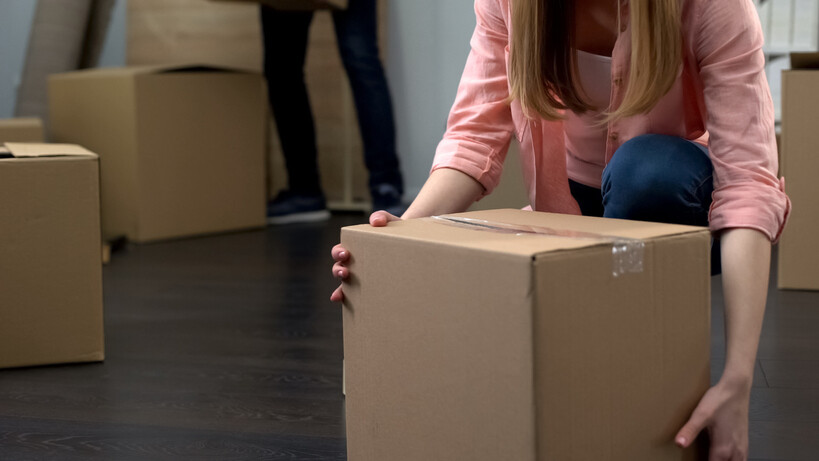 Lifting a packed box during a DIY move. (Source: iStock)
Lifting a packed box during a DIY move. (Source: iStock)
Here’s a cost many don’t consider until it’s too late: medical bills. Lifting heavy furniture from one place to another without proper gear or technique can lead to serious strains on your back, knees, or muscles. These seemingly temporary physical injuries can cost you expensive medical bills and treatments if you’re not careful.
Before you attempt to save money and take shortcuts on carrying that heavy sofa all on your own, think carefully about these unexpected moving costs. Prioritise safe handling techniques when performing heavy lifting.
7. Post-move cleanup costs
The big house move isn’t over when the van is empty. Many DIY movers often forget about post-move cleanup, especially if they’re renting. You might have settled comfortably into your new home after moving by yourself, but that rubbish pile at your old place? You can’t ignore it forever.
Factor in the cost of making multiple trips to dispose of unwanted items and junk—both petrol and your time add up. More importantly, don’t risk losing your deposit because your old place wasn’t cleaned properly.
End-of-tenancy cleaning is key to getting your deposit back and avoiding disputes with your landlord. In the UK, the average cost for an end-of-lease clean for a typical three-bedroom home ranges from £120 to £360, depending on location, property condition, and additional services needed.
Let the experts handle your next move
Now you know how much moving home costs and what to look for to avoid a wallet-draining move. But the question remains: Is doing it all yourself really worth the risk?
DIY moving might work for some, but why not skip the stress altogether? Professional movers come equipped with the right tools, experience, and packing expertise to protect your belongings from damage. They also handle all the physical and mental strain that comes with moving house.
With Airtasker, you can post a task and get instant quotes from trusted movers near you. Compare prices, book securely, and choose dates that fit your schedule, so you can move with confidence and skip moving day chaos.
Learn more about our contributors

Written by Maureen C.
Contributor
Maureen C. is a writer with a passion for crafting clear, meaningful content. With a degree in English Literature and experience writing for lifestyle and educational platforms, she brings a thoughtful approach to topics such as home safety and improvement, logistics, and eLearning. Outside of writing, she enjoys reading and walking her dogs.
FAQs on DIY moving
In the UK, a typical moving budget ranges from £1,000 to £3,000 for local or interstate moves. Long-distance relocations can balloon up to £7,000 or more once you add in extras like packing services, storage, temporary accommodation, and cleaning fees.
The most expensive part of moving is paying for removal service fees or hiring professional movers. Their rates typically range from £35 to £2,000, depending on the location of your new home and the services required.
To make your move less expensive, plan ahead and declutter to reduce what you need to transport. These simple tips can make a huge difference in lowering your packing and removal costs.
Find movers, fast
Find a mover
Related articles
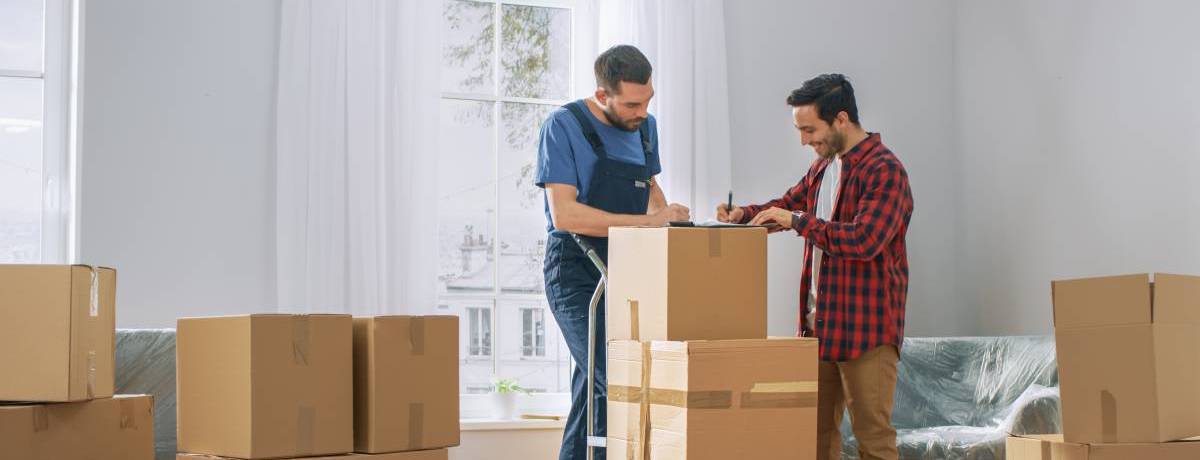
A guide to becoming a removalist
Read more

Tips for moving house with kids
Read more

How to pack mirrors for moving
Read more
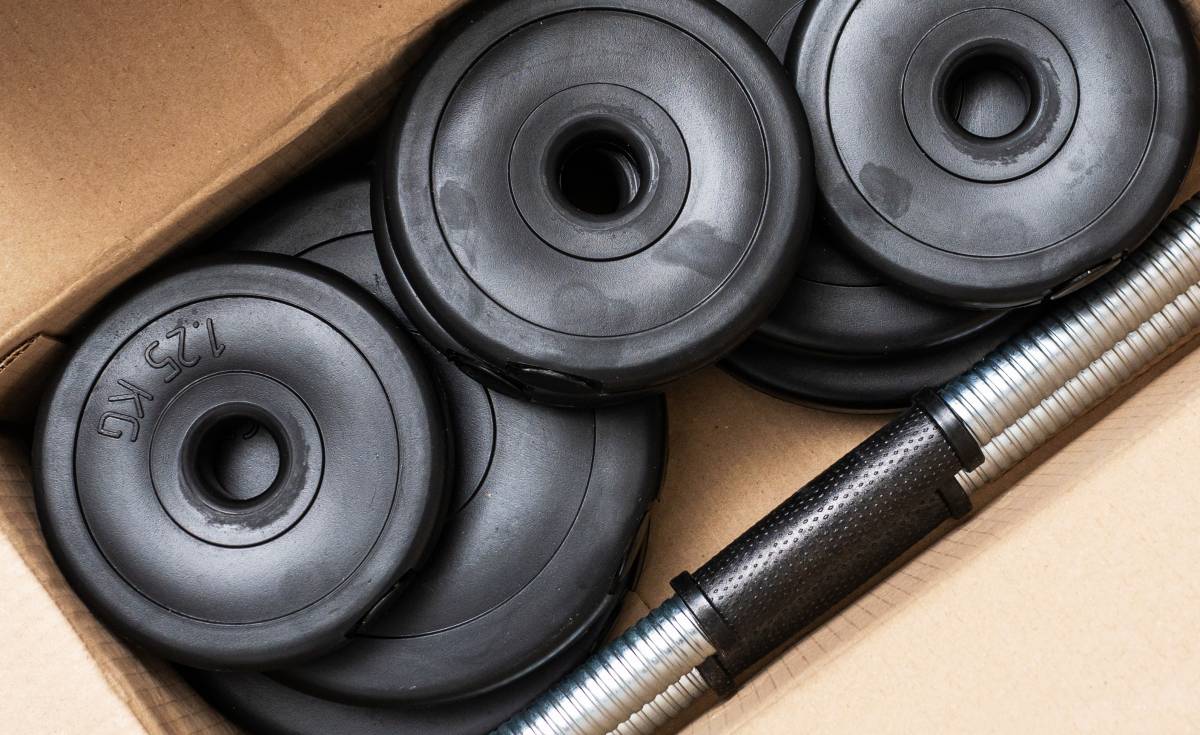
How to move gym equipment safely
Read more
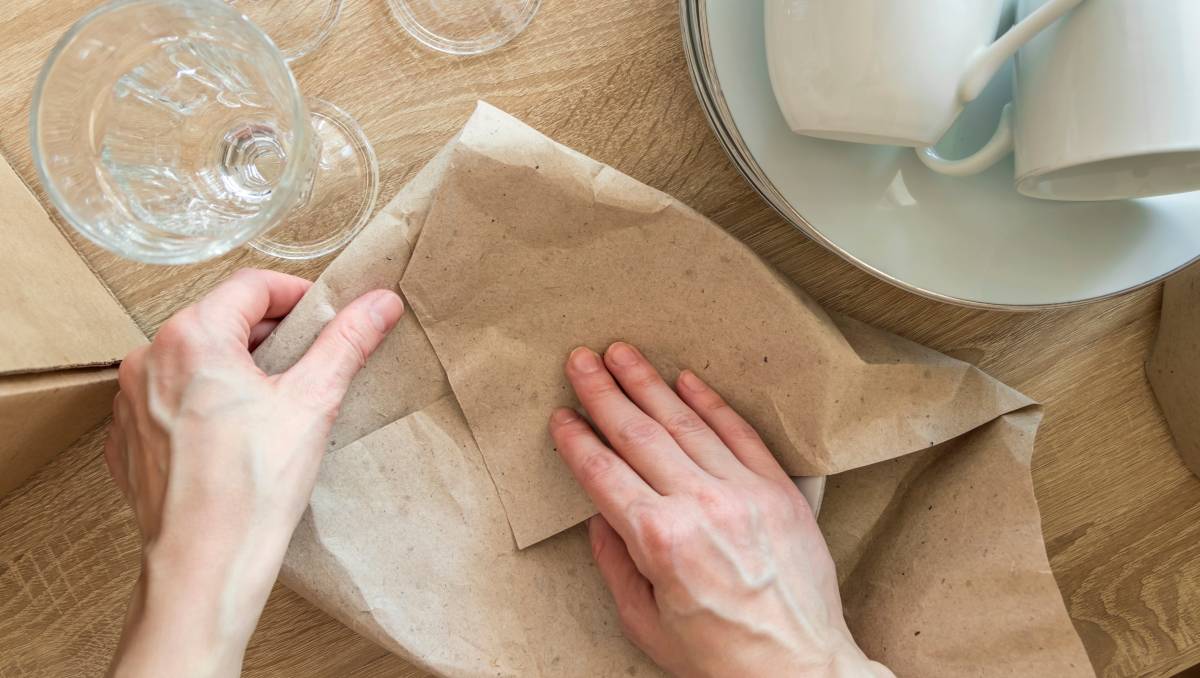
How to pack kitchen items for moving
Read more

How to pack books for moving
Read more
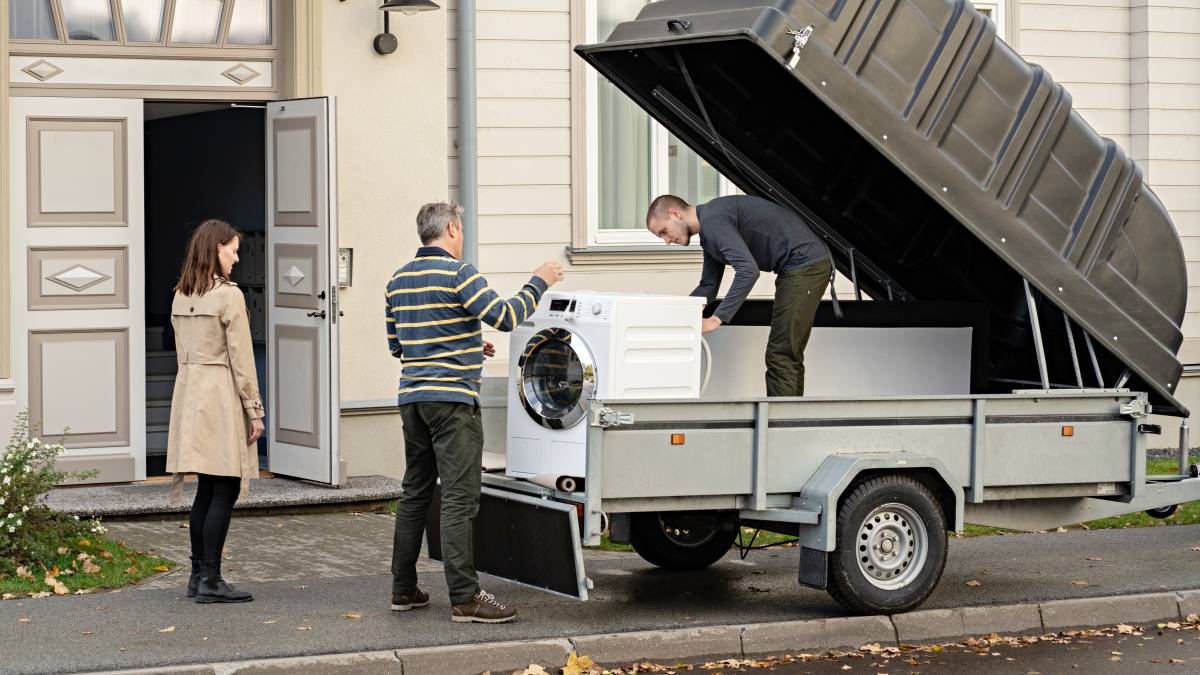
How to move a washing machine
Read more

How to pack artwork for moving
Read more

How to move a pool table
Read more
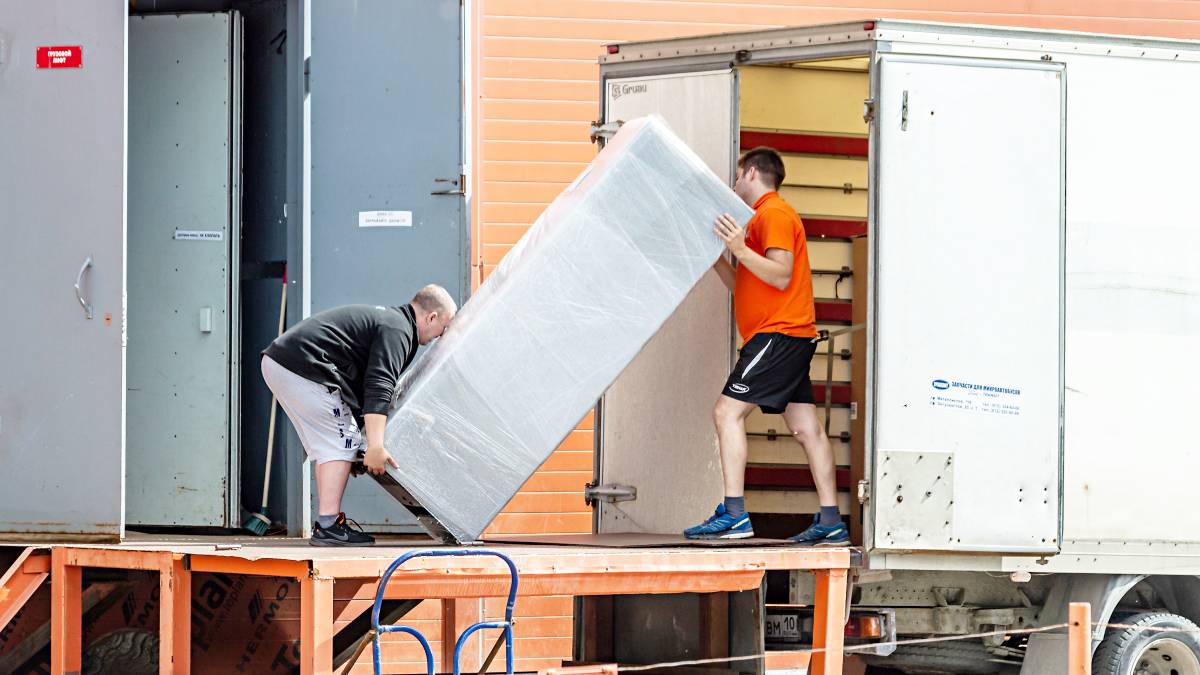
Moving a fridge: How to do it right
Read more

How to move a pinball machine
Read more
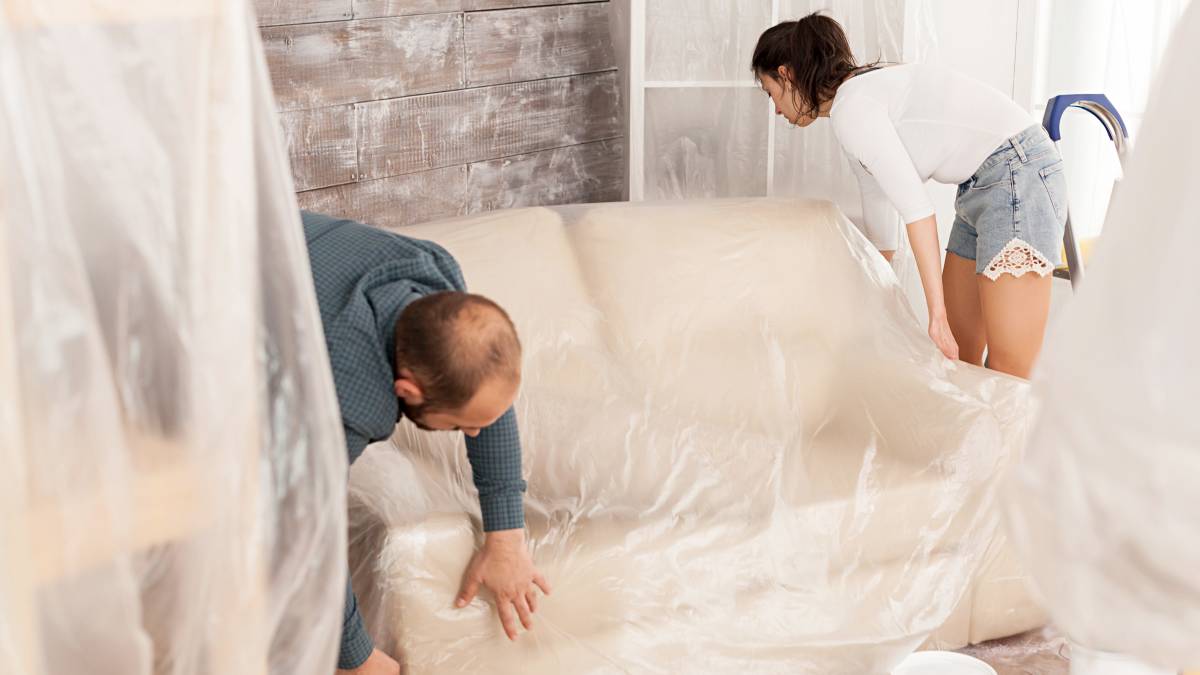
How to wrap furniture for moving
Read more

What moving companies won’t move
Read more
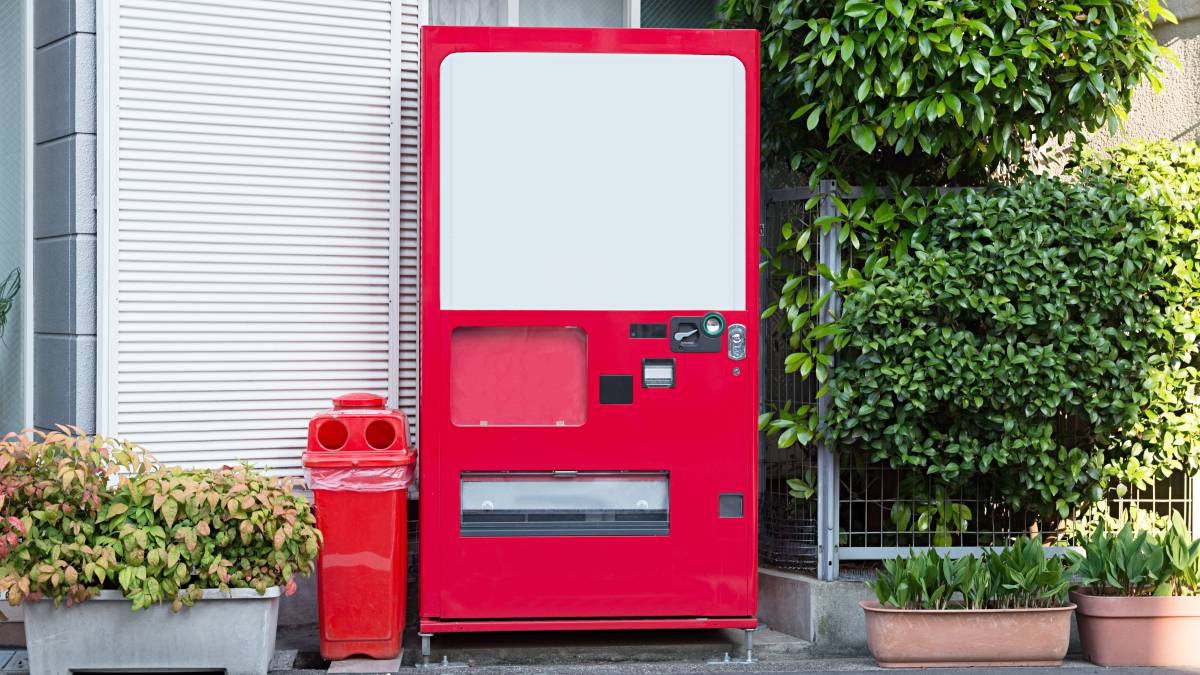
How to move a vending machine
Read more
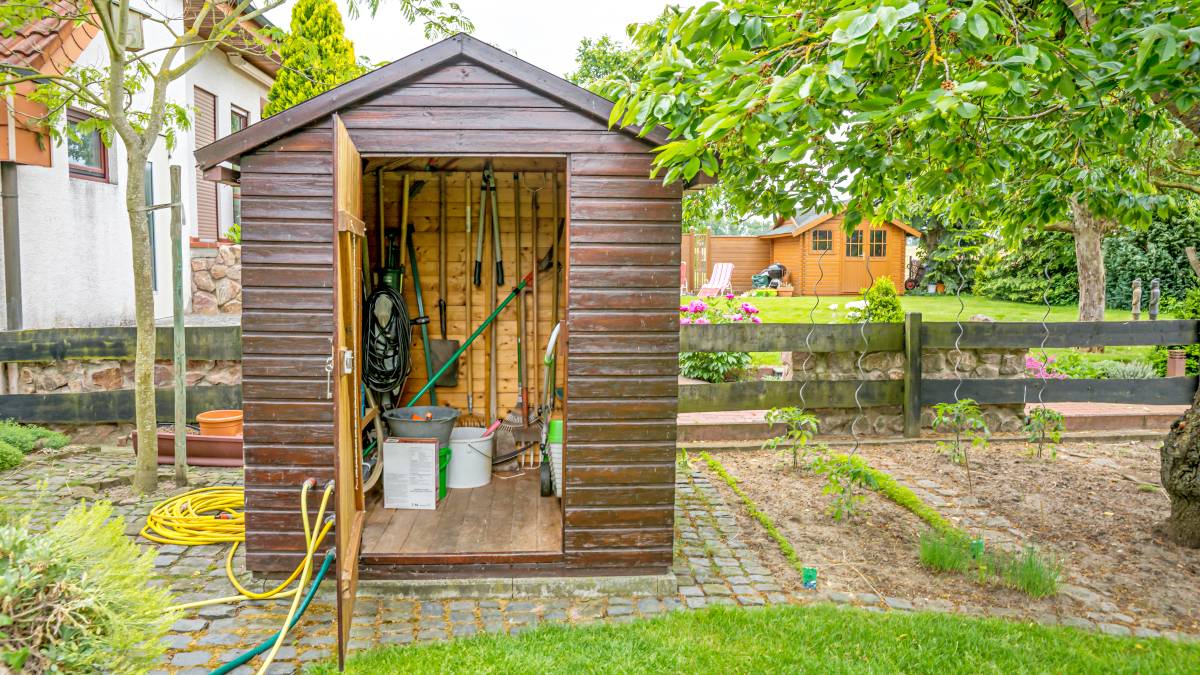
How to move a shed
Read more
Related price guides
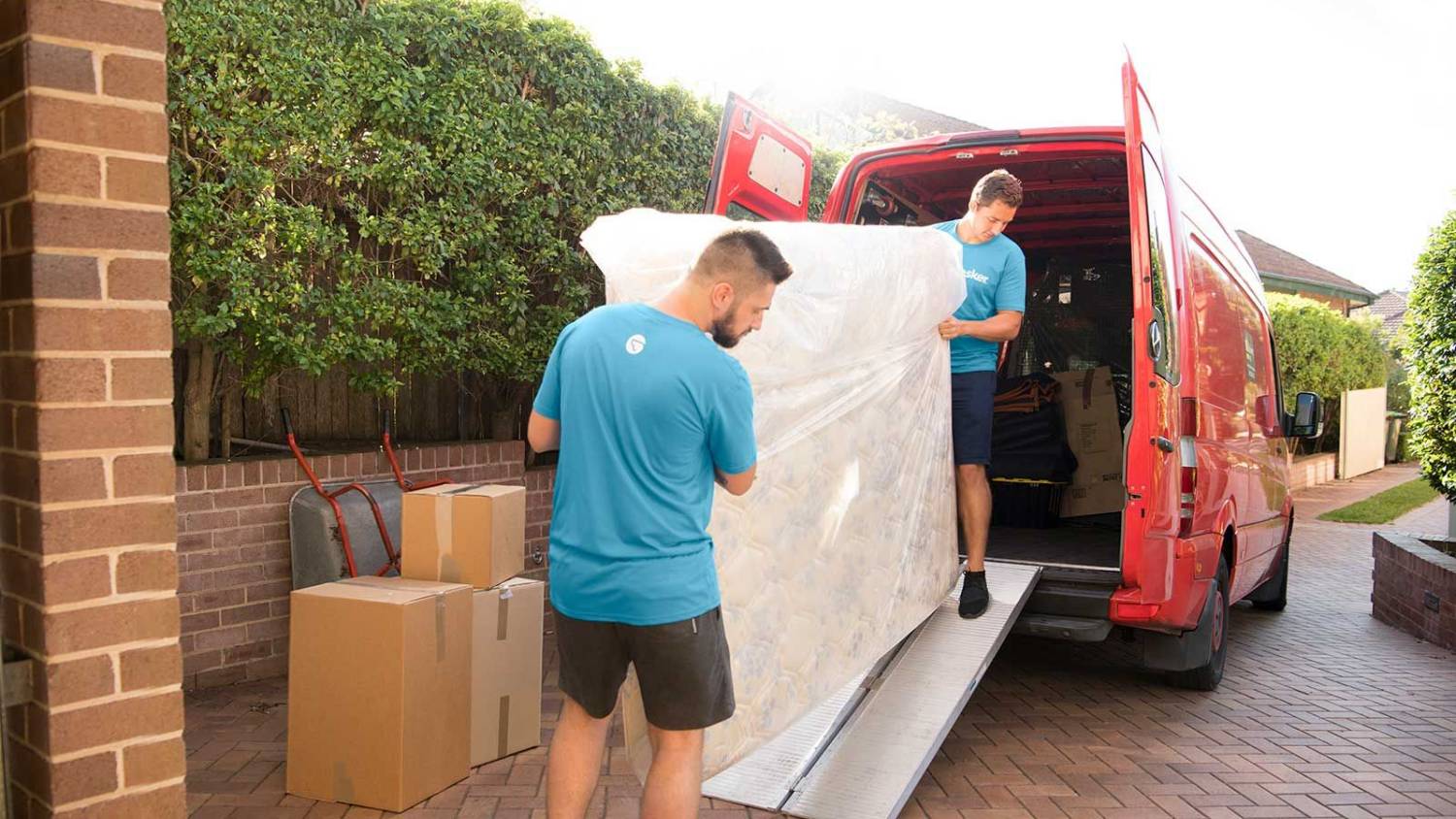
How much does it cost to move house?
Read more
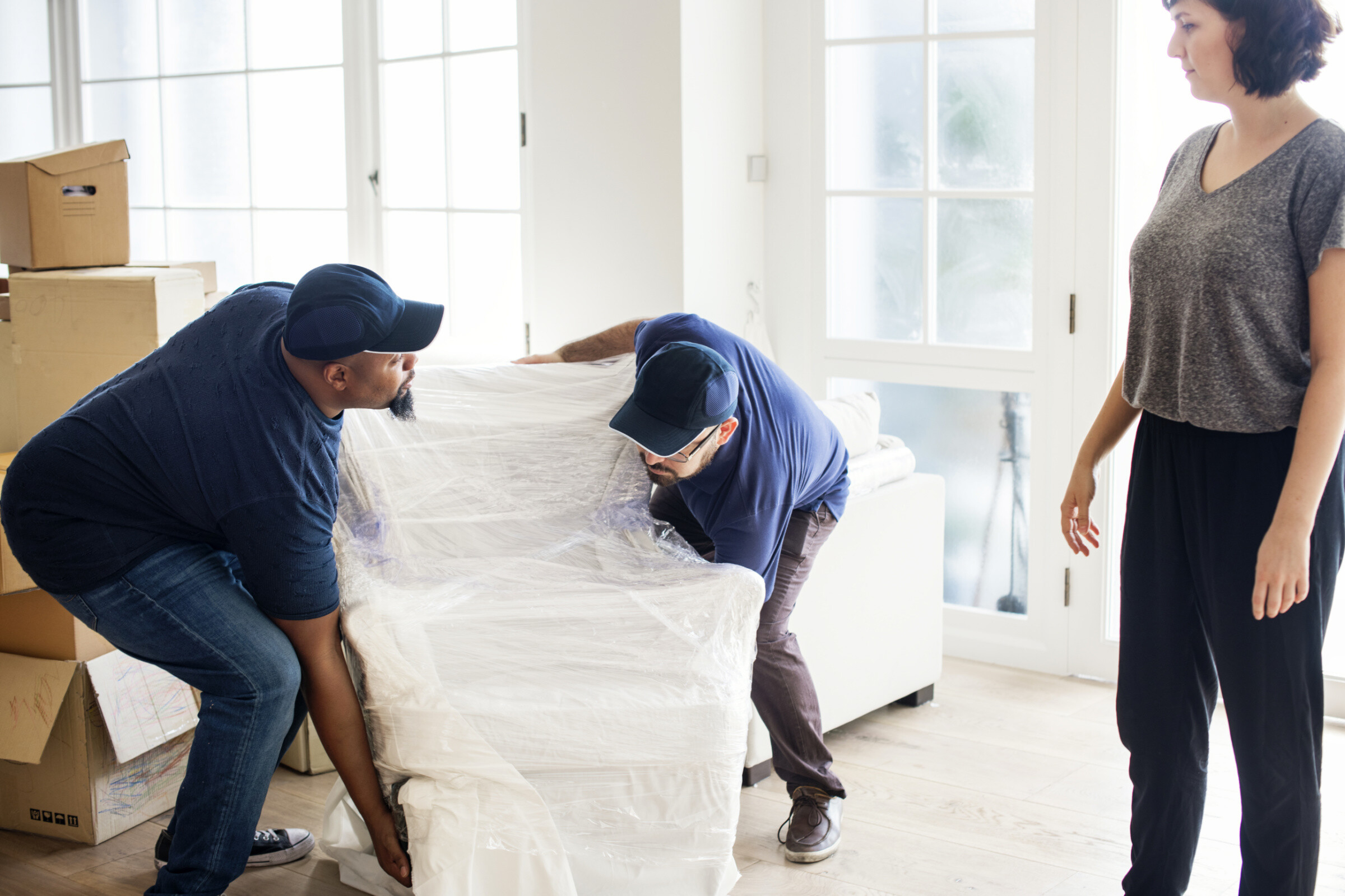
How much does it cost to move house?
Read more
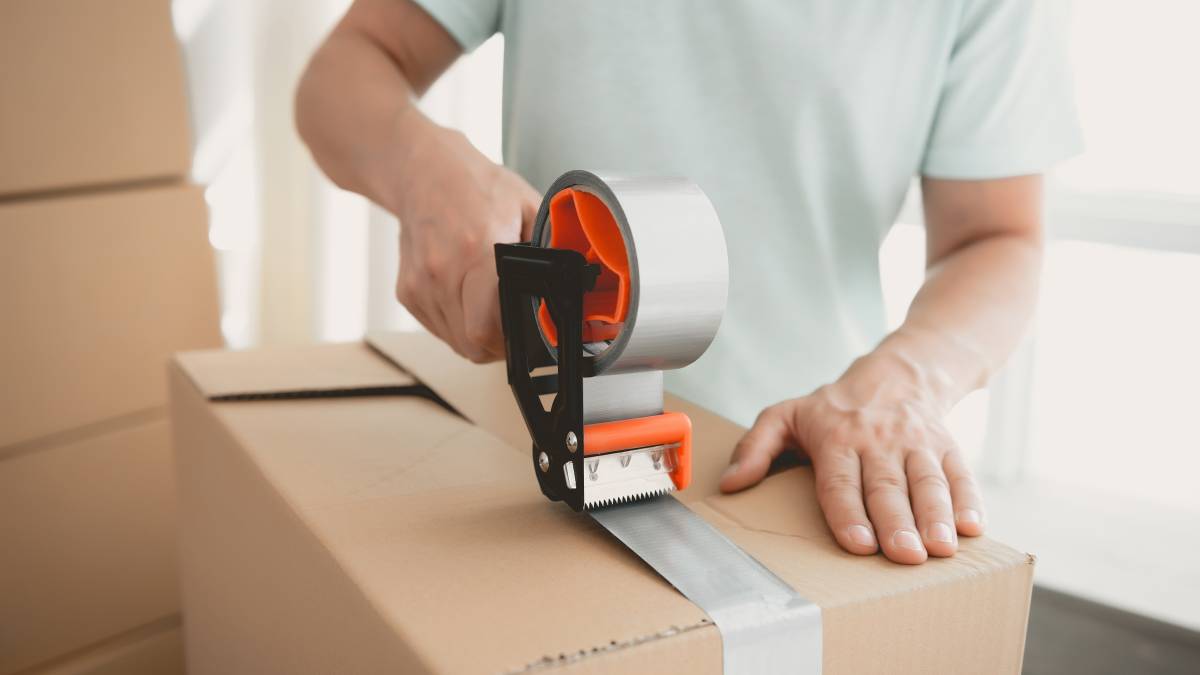
How much do packers cost?
Read more
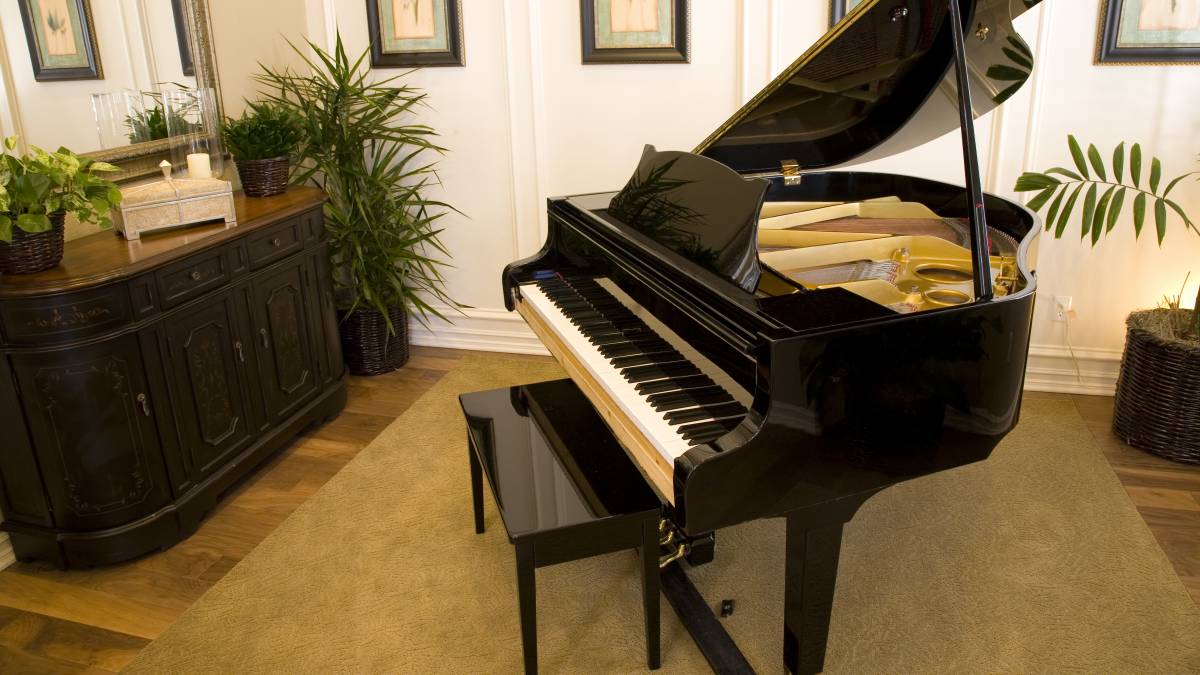
How much does piano moving cost?
Read more
